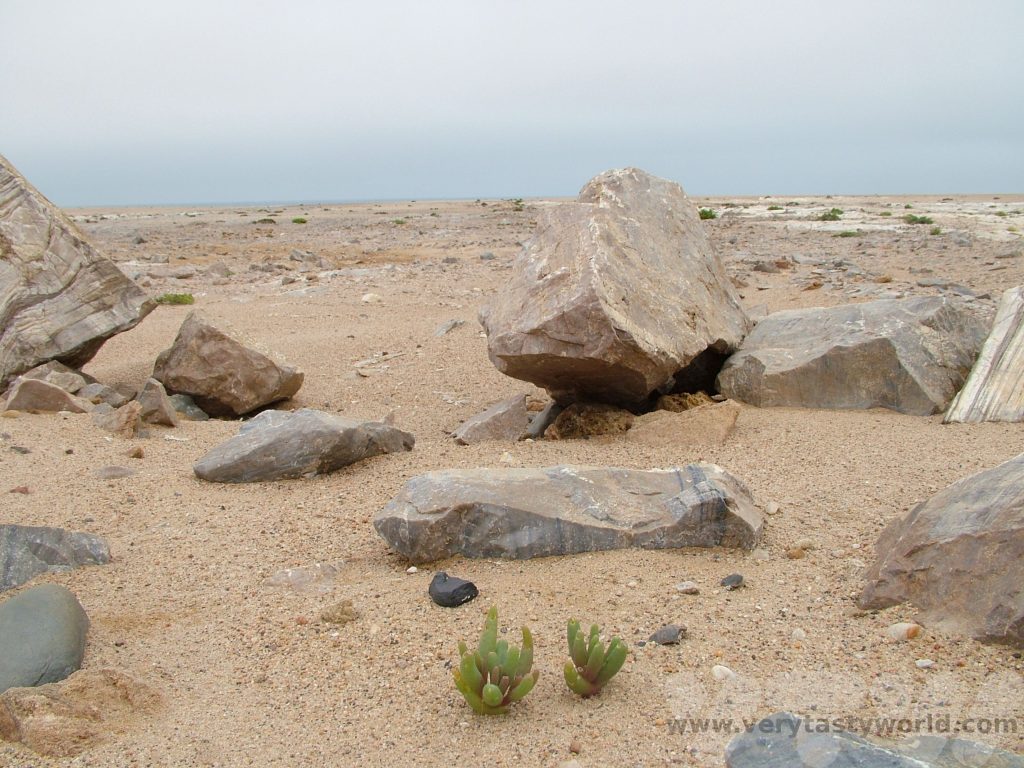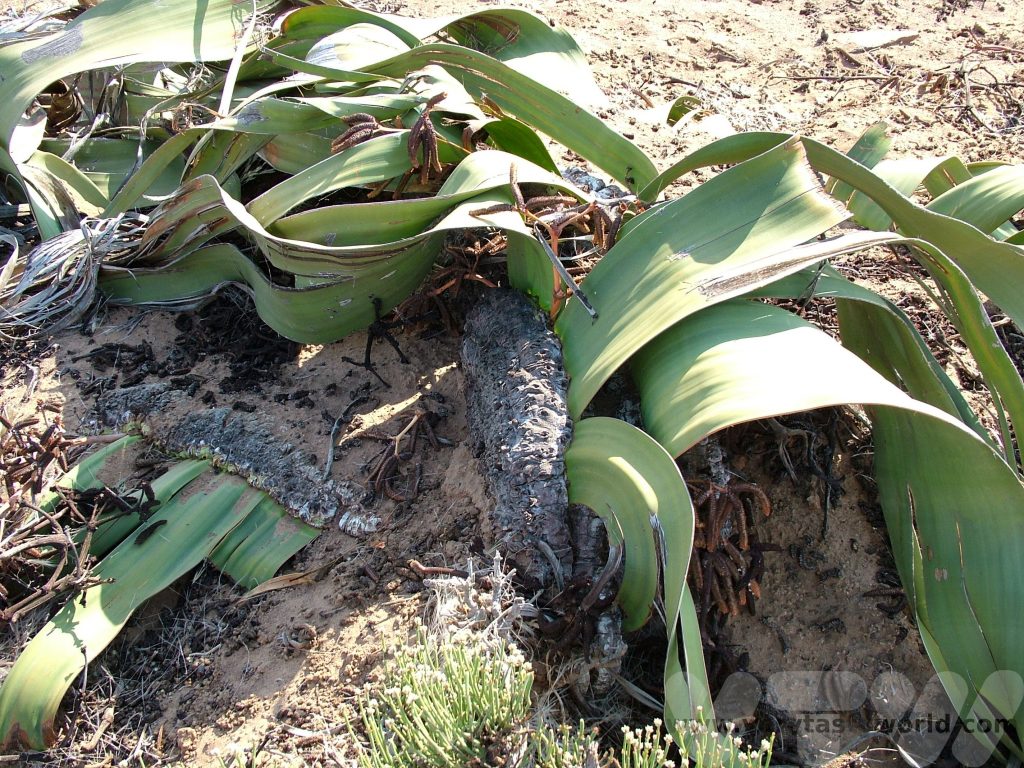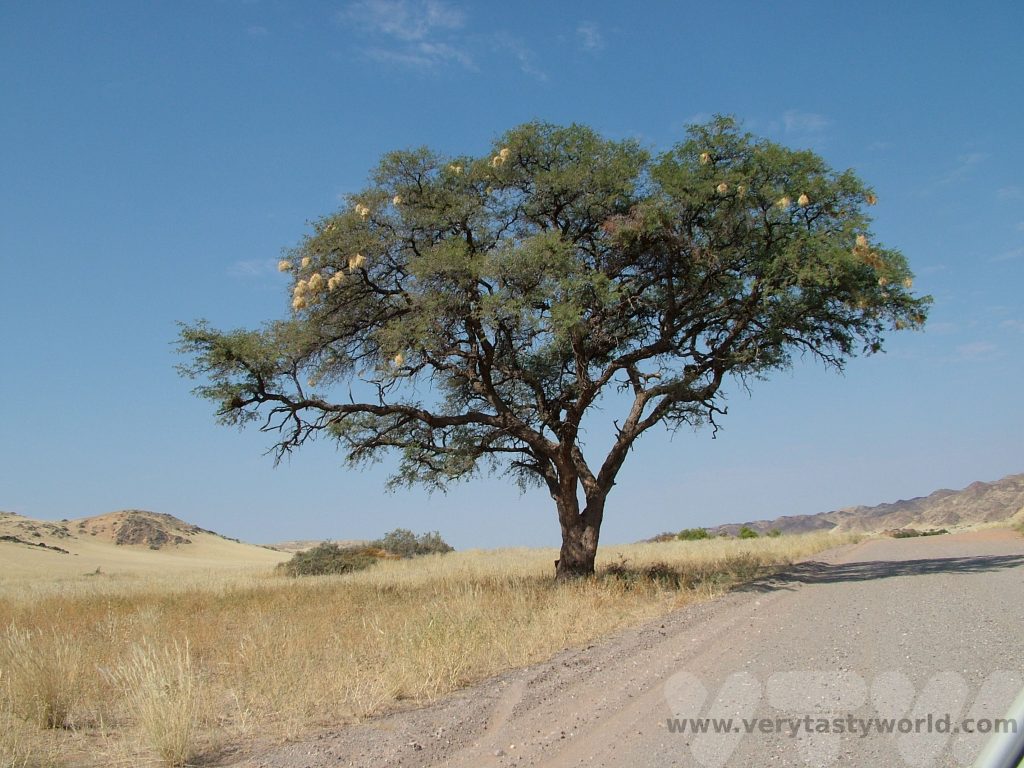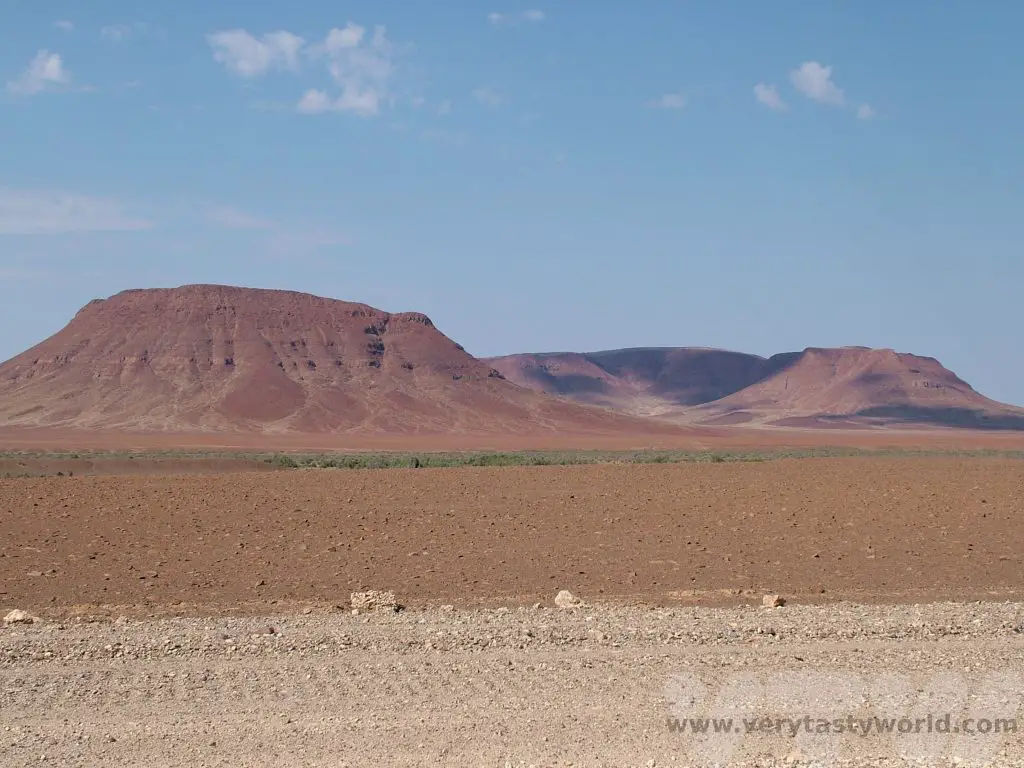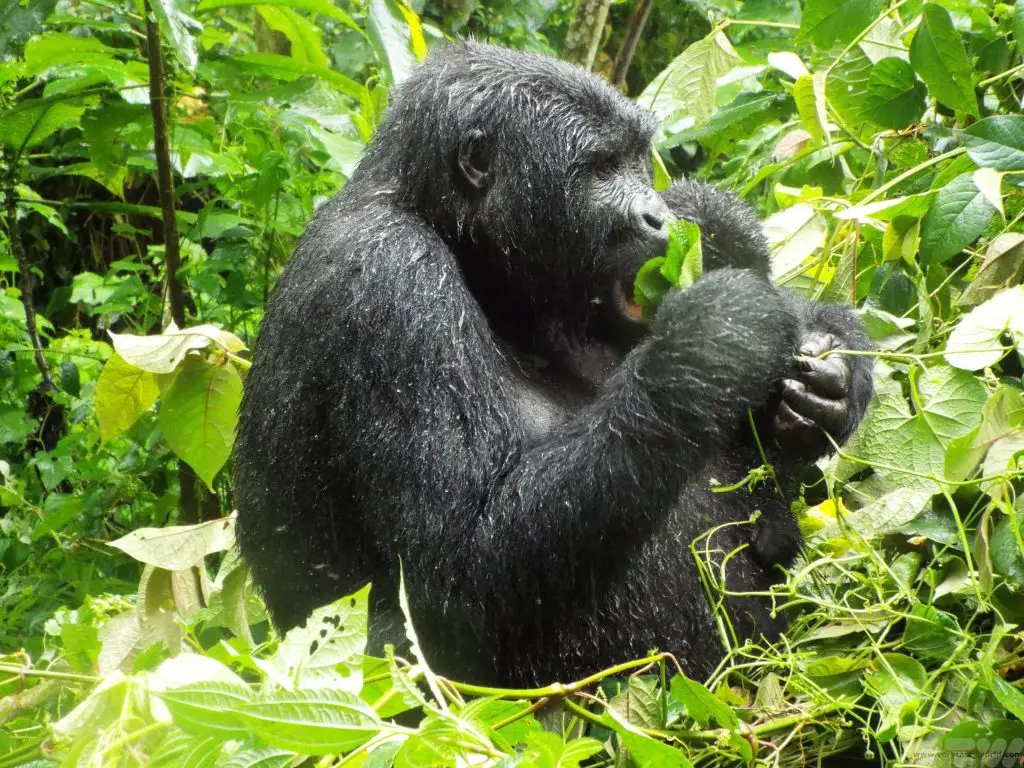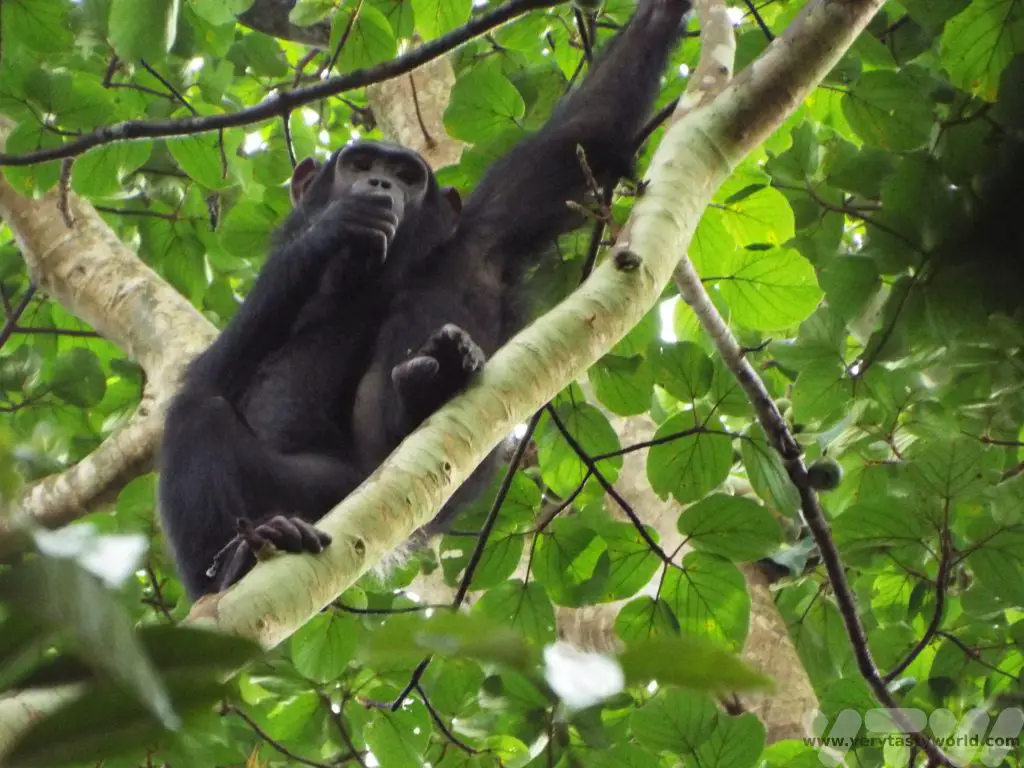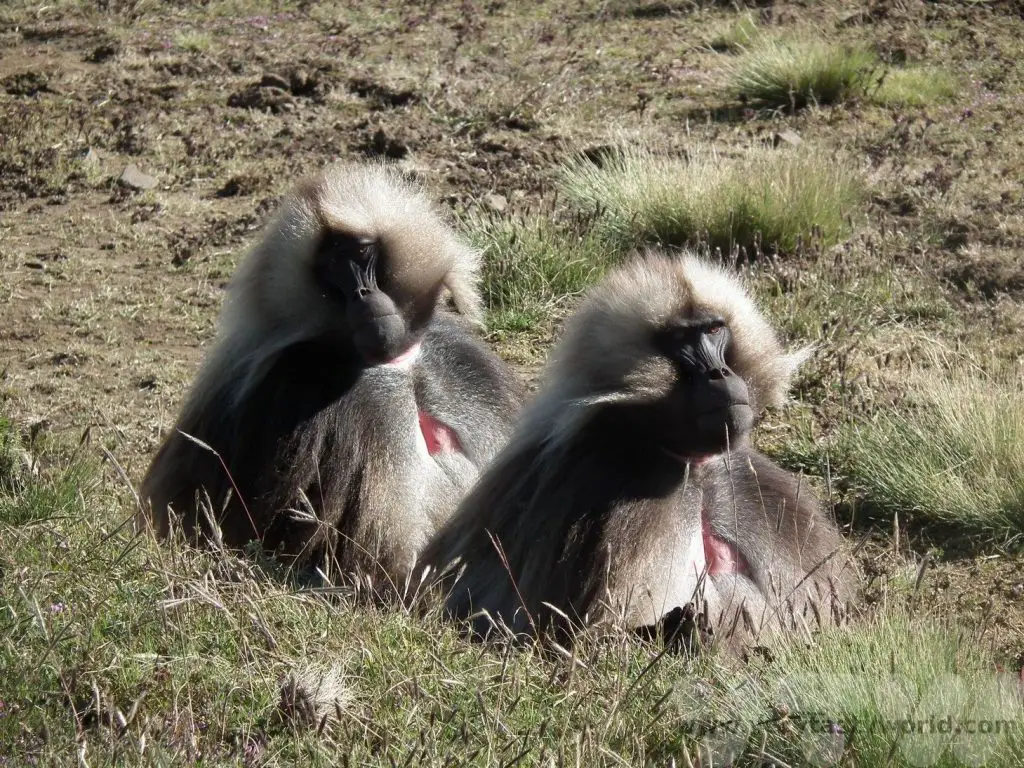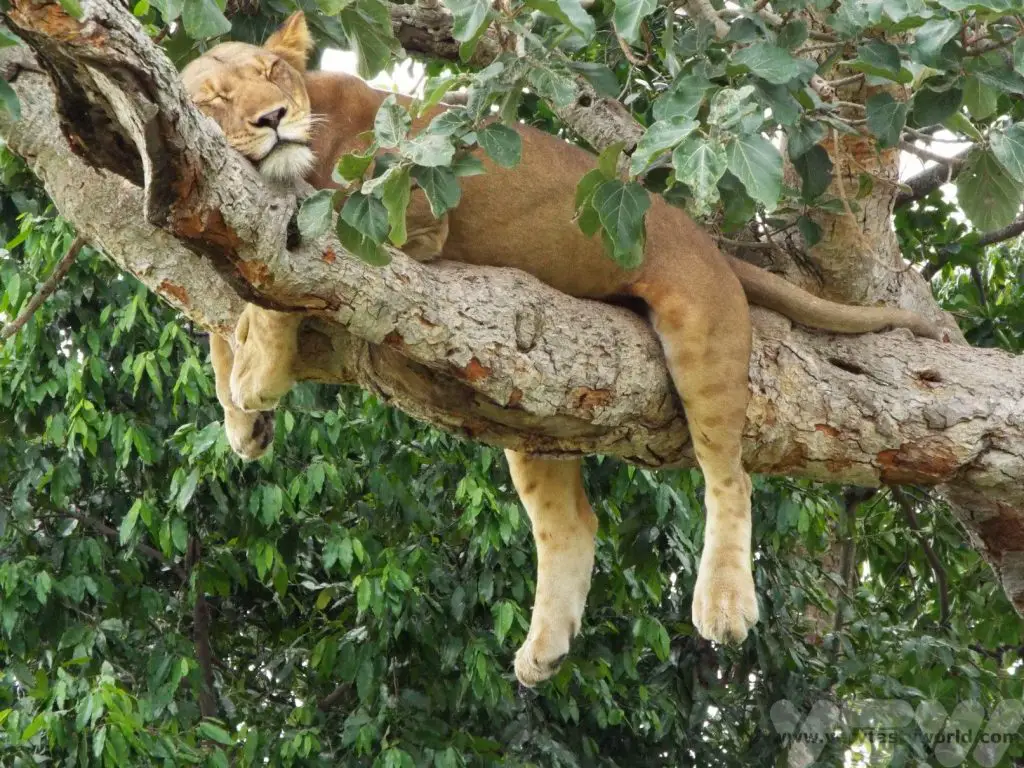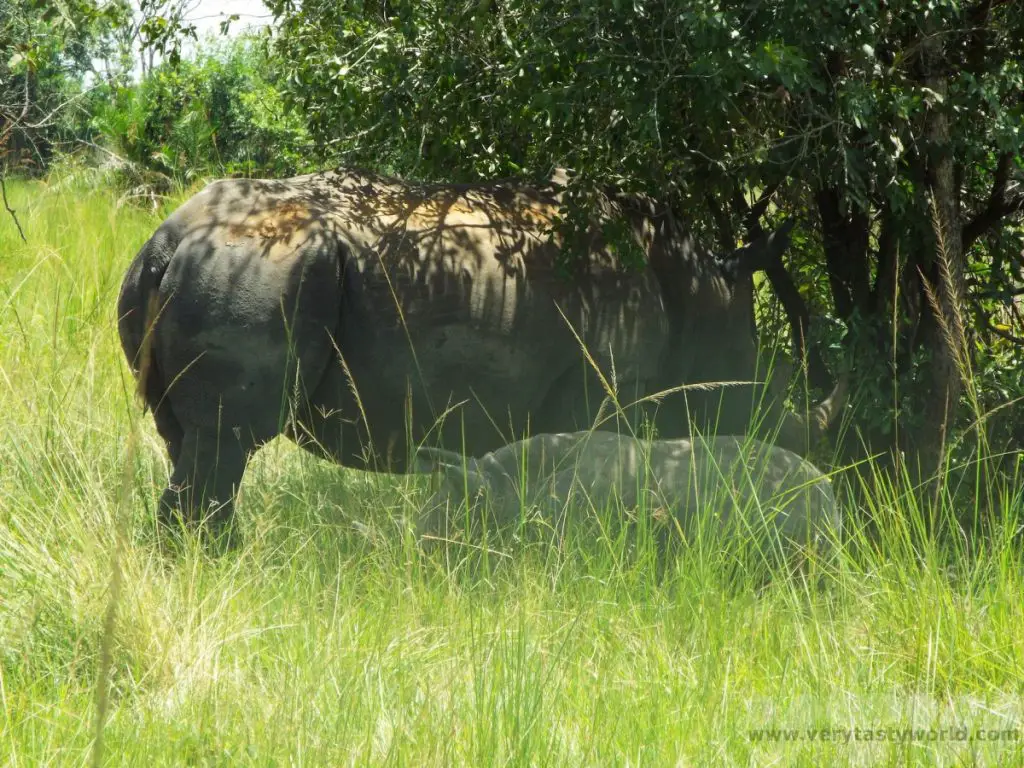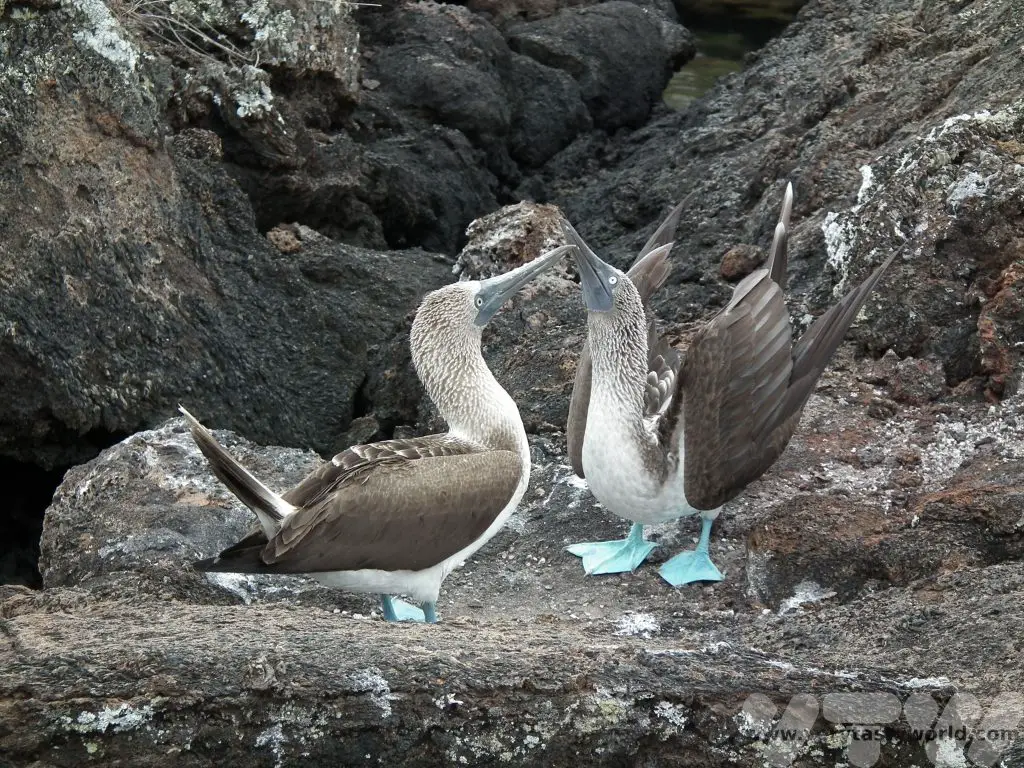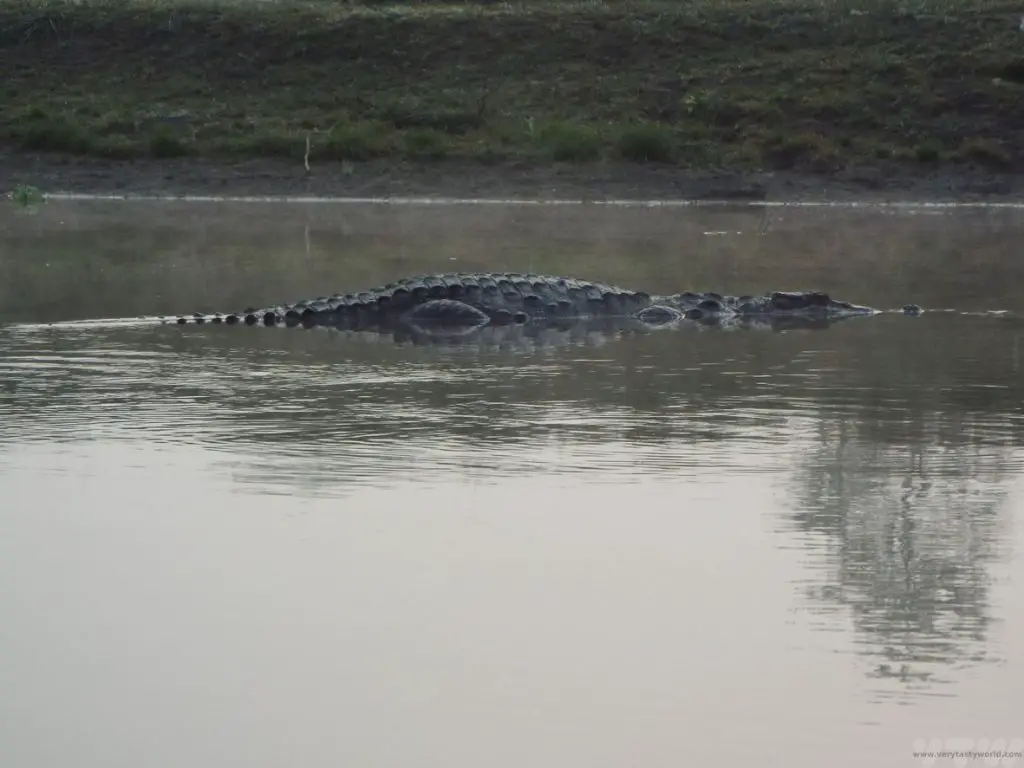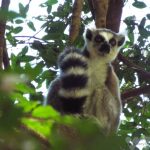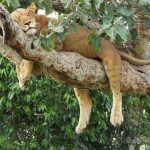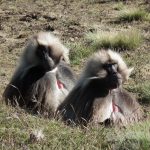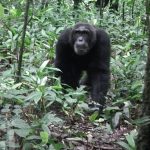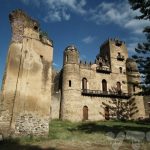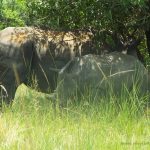Etosha National Park Self Drive Safari
The Etosha national park in Namibia is located in the north of the country and is probably its most famous park and a popular tourist attraction. It’s well designed and has great wildlife viewing opportunities. The best thing about it is that you can take yourself on safari as Etosha National Park self drives are very easy.
Etosha National Park Self Drive – Take a Drive on the Wild Side
Namibia is a fantastic country for a fly-drive holiday. The distances may be long but the roads are well made and largely empty. And the scenery is spectacular. It’s worth noting that some of the roads are gravel, so it’s worth packing a spare tyre, and that the petrol stations can be quite a distance apart. We travelled on the principle of topping up the tank every time we passed a petrol station, trying never to let the tank go below half-full.
The great thing about Etosha is that it is accessible for all types of car. We had hired a two-wheel drive saloon car – perfect for the pair of us – and encountered no difficulties at all, there was no need to have hired a 4WD. (Indeed we had been absolutely fine with the two-wheel drive throughout our journey in Namibia, even on the Skeleton Coast.) The roads are clearly marked and easy to navigate. There is plenty of parking around the waterholes, which are the best places for viewing wildlife.
The park is located in the vast Etosha pan, the largest salt pan in Africa. Four of the ‘Big Five’ game animals – lions, leopards, elephants and rhino (black and white) – live in the area. Etosha became a game reserve in March 1907 and a national park in 1967.
The word ‘Etosha’ means ‘great, white place’ in the language of the Ovambo tribe, which is entirely appropriate. The pan was a lake several thousand years ago. Angola’s Kuene river used to flow into the area but changed its course over the years, eventually flowing into the Atlantic. The result was that the lake dried up completely. However, there are a number of springs in the pan and lower lying areas fill with water during the rainy season. Indeed, if the wet season is particularly rainy the lake can re-form across Etosha, although these days it is fairly shallow and dries up again swiftly. If the area is flooded the chances of seeing wildlife can be reduced as they have no need to travel to the watering holes. Hence the best time to visit is during the dry winter season, from April to October.
Entry To The Etosha National Park
On entry to the park you need to pay a fee per person and for the vehicle. and you will also need to show ID. Your passport will be fine to use for this purpose.
On entering the park, the first thing we had to do was stop… for a zebra crossing!
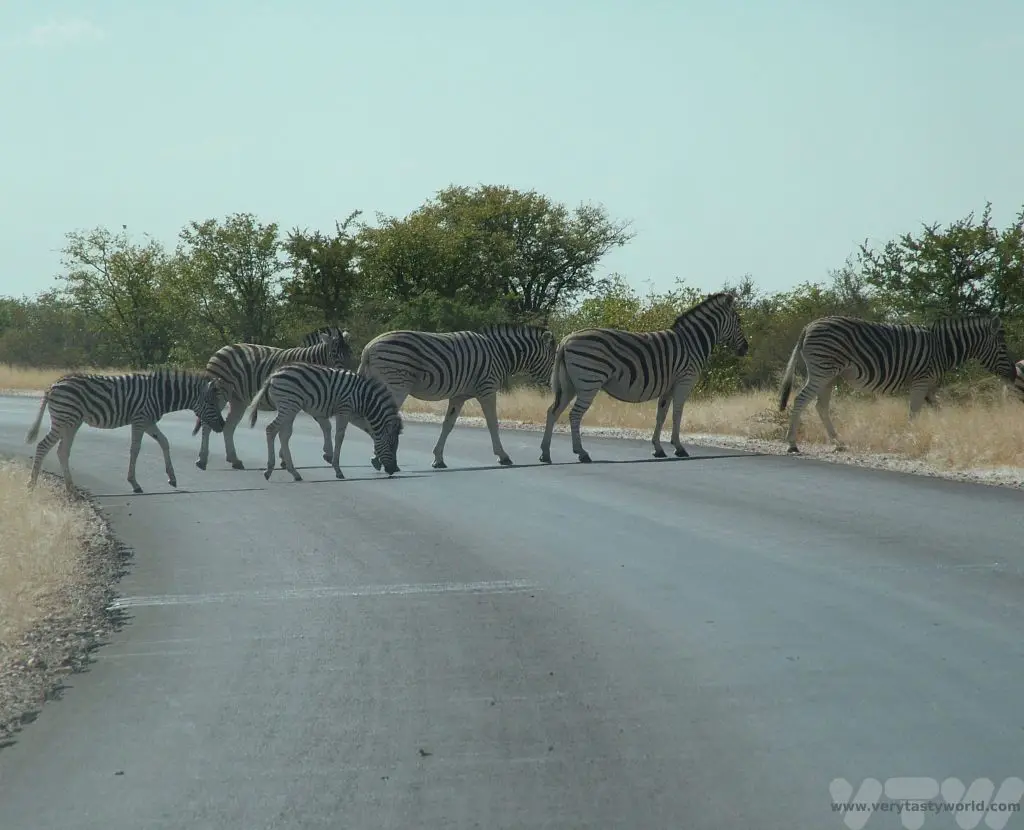
Although organised safaris are available, we thoroughly enjoyed exploring the park at our own pace. The advantage of an organised tour is that the local rangers can communicate with each other via mobile phone to let each other groups know about particular sightings.
We found that when visiting a watering hole it was actually better to wait. A number of organised safari tours turned up to the watering hole, quickly established that there was no wildlife there, and moved on. But waiting turned out to offer a much more rewarding experience. Sitting in the car, looking out across the vast, vast pan, we saw what appeared to be some angular shapes appear on the horizon. We continued to watch. Slowly, a group of giraffe sauntered across the plain. It was such a pleasure to see them as a group.
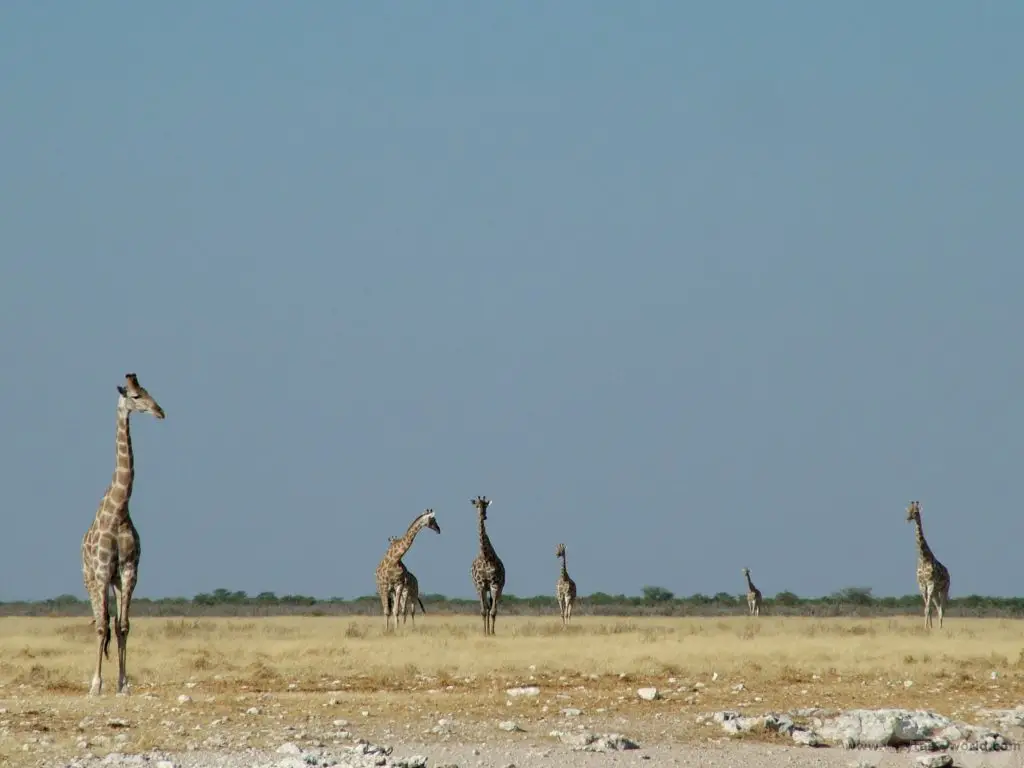
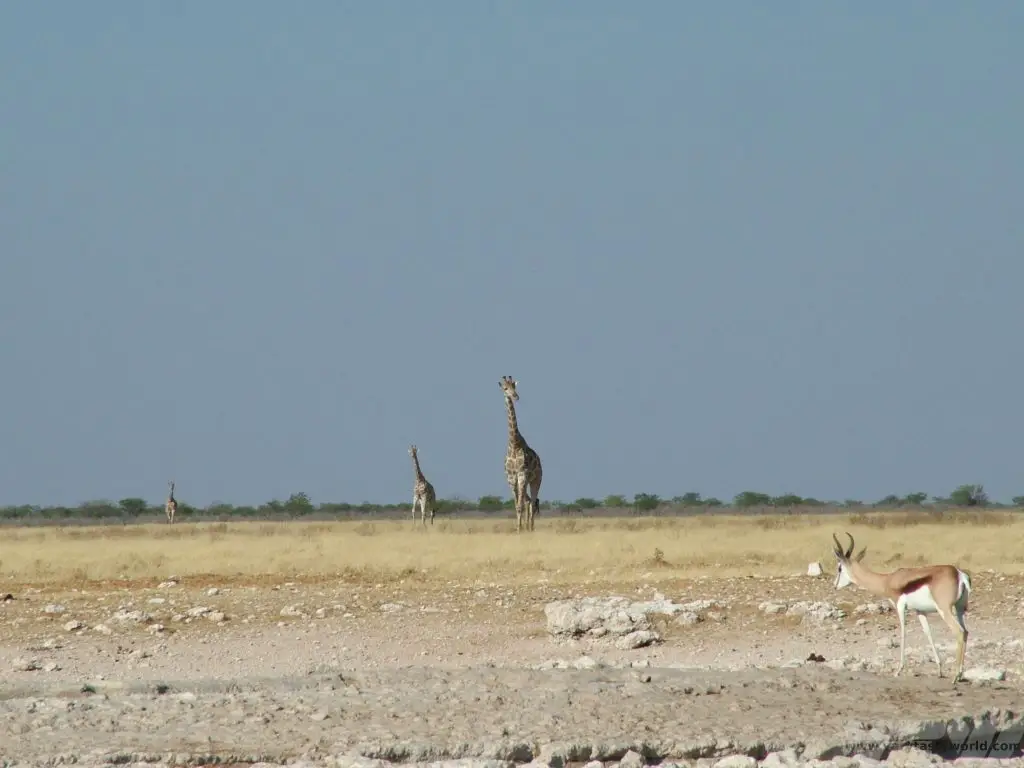
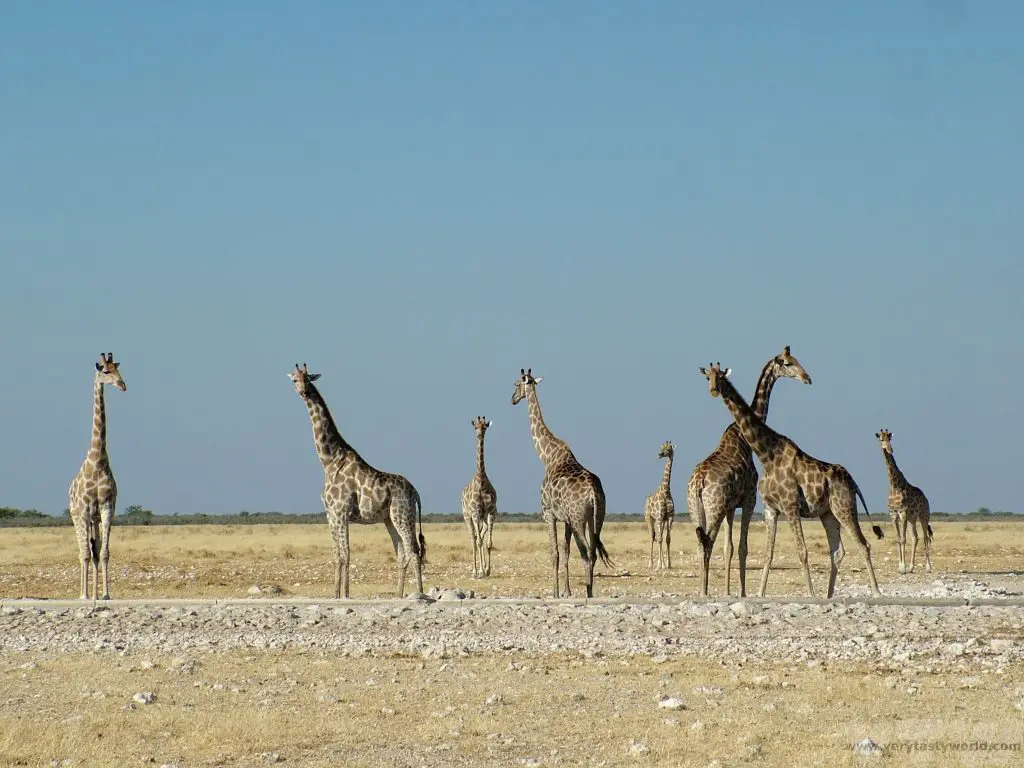
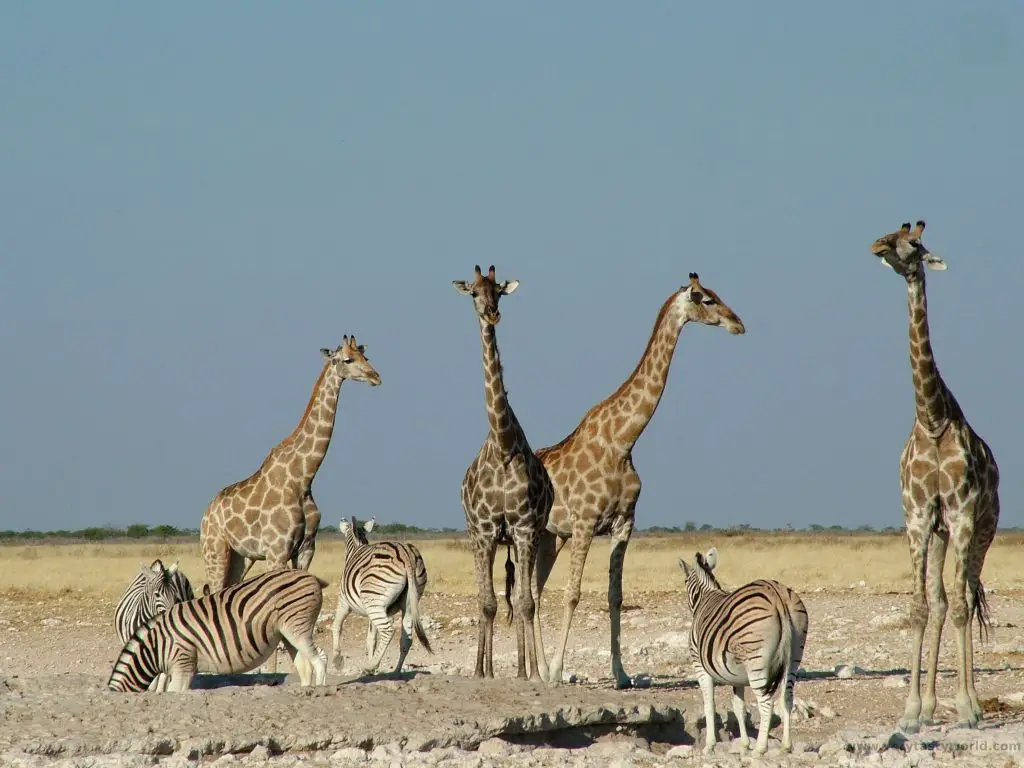
Giraffe often appear to be somewhat ungainly but actually they were very graceful creatures. It was fascinating to see them part their legs, despite their long necks, in order to reach the water and have a long, cool drink.
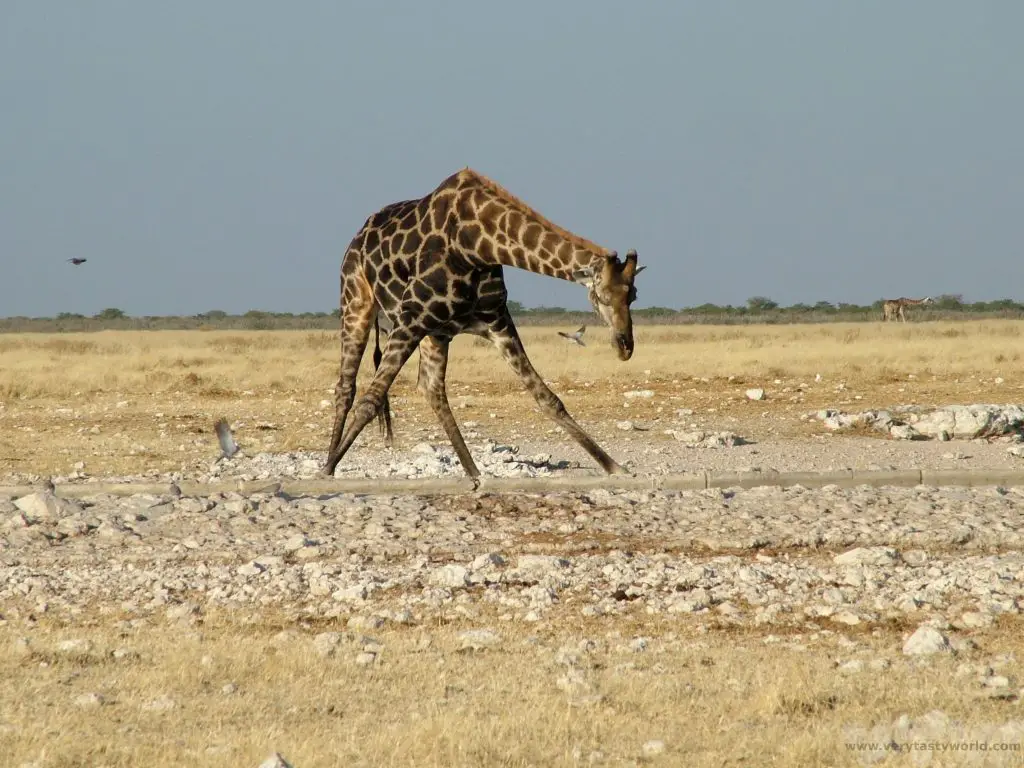
We saw wildebeest having a rut.
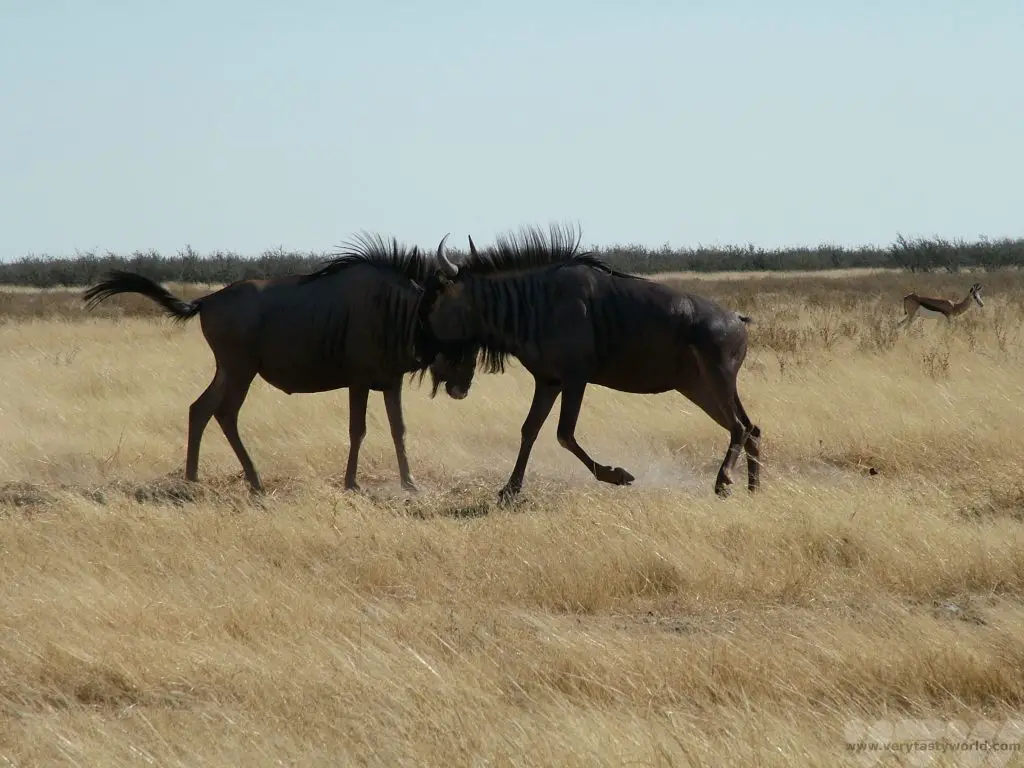
An encounter between a young lion, an elephant and an impala. (The lion is in the background.)
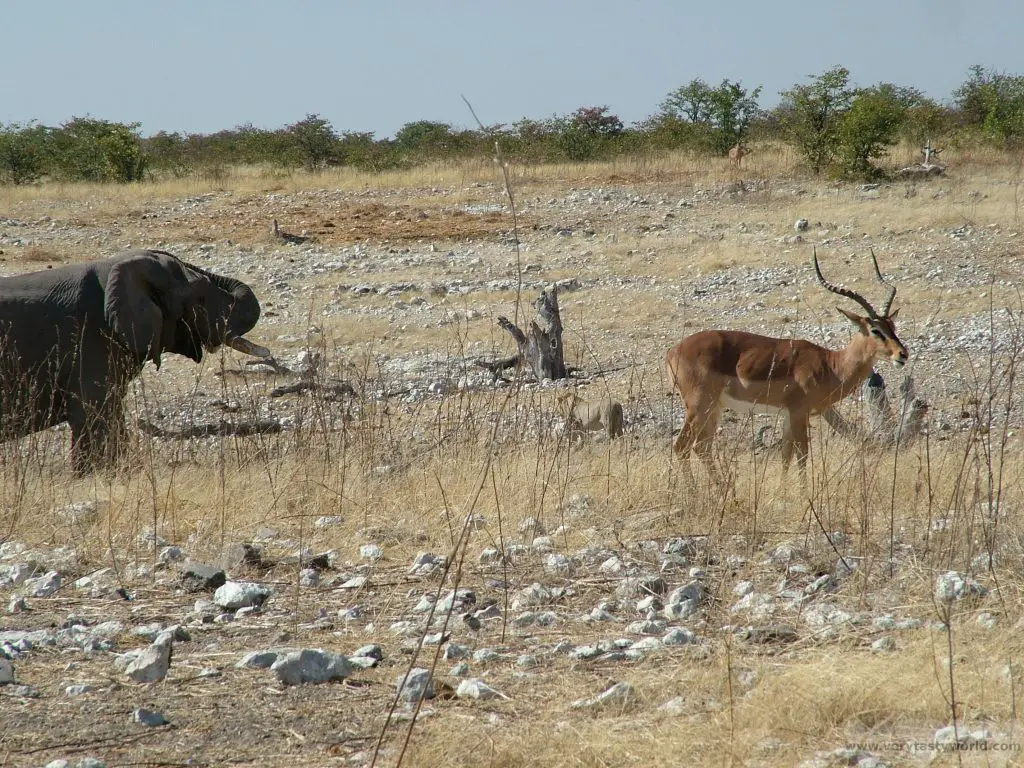
The impala was very aware of the lion’s presence…
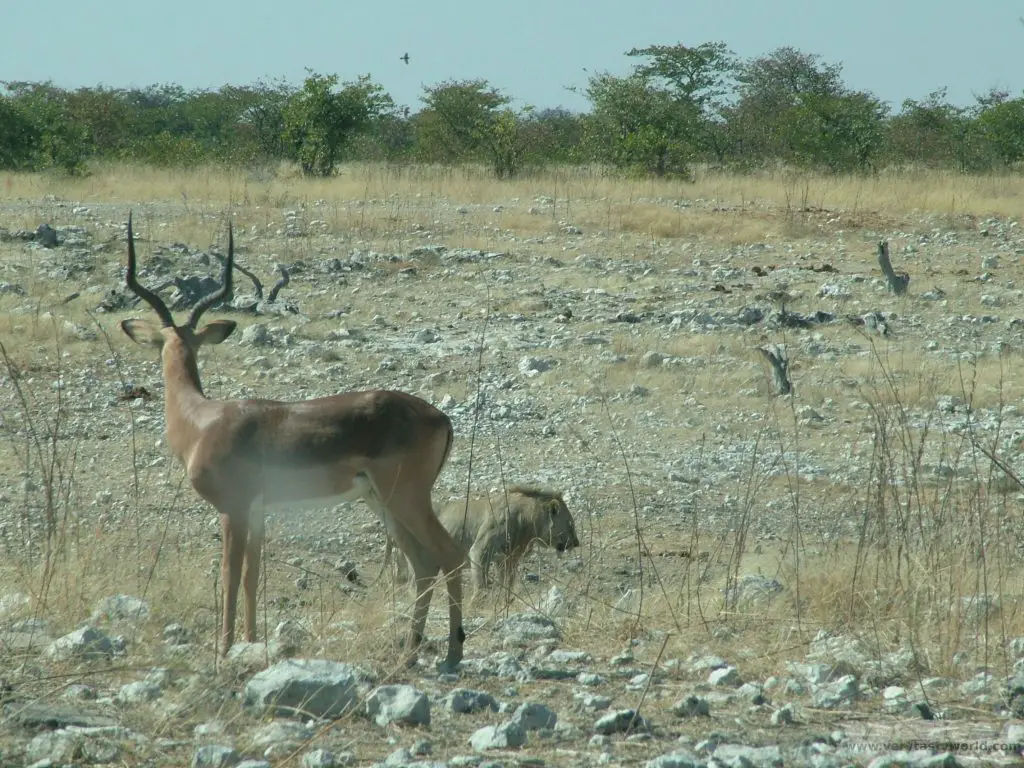
…but he made the best decision to saunter away.
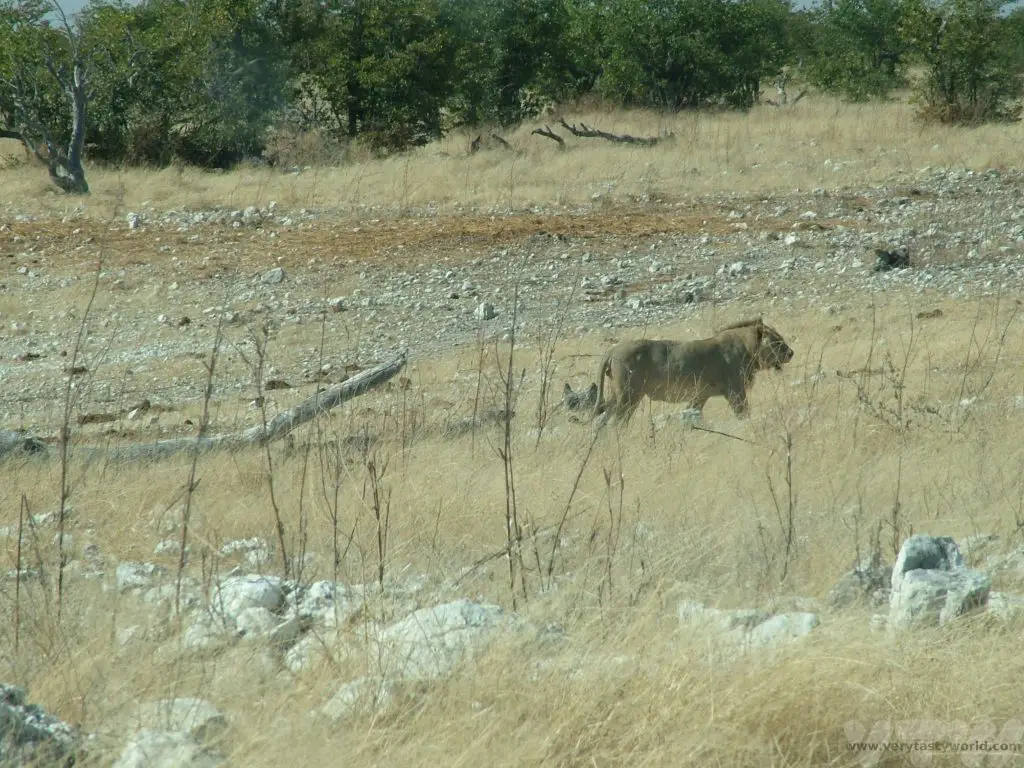
Although the large mammals are the obvious attraction, it’s also great to discover some of the smaller animals, birds and flora.
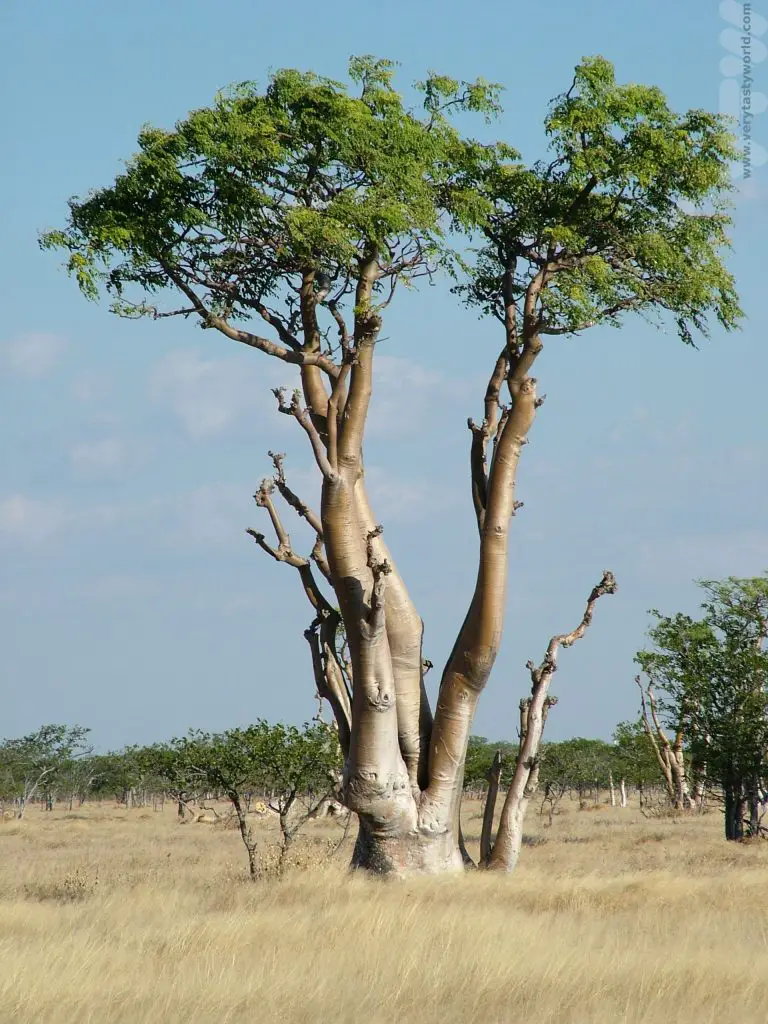
Moringa ovalifolia is a succulent tree which looks very otherworldly, almost like it has been planted upside down.
And the park is abundant with zebra…
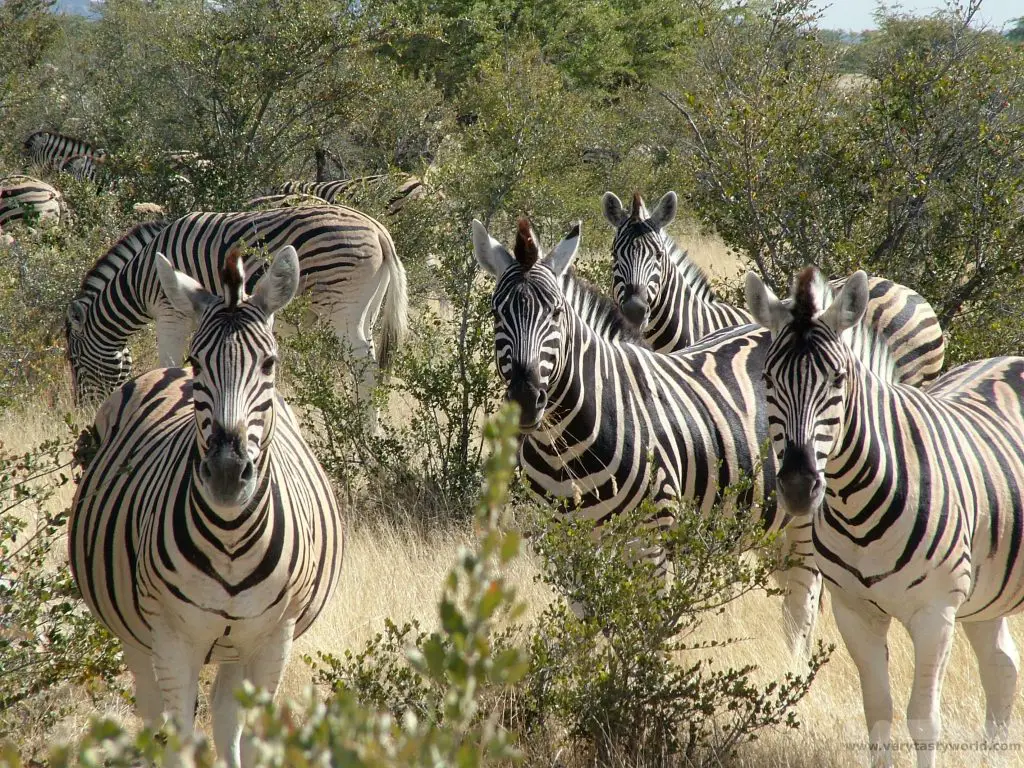
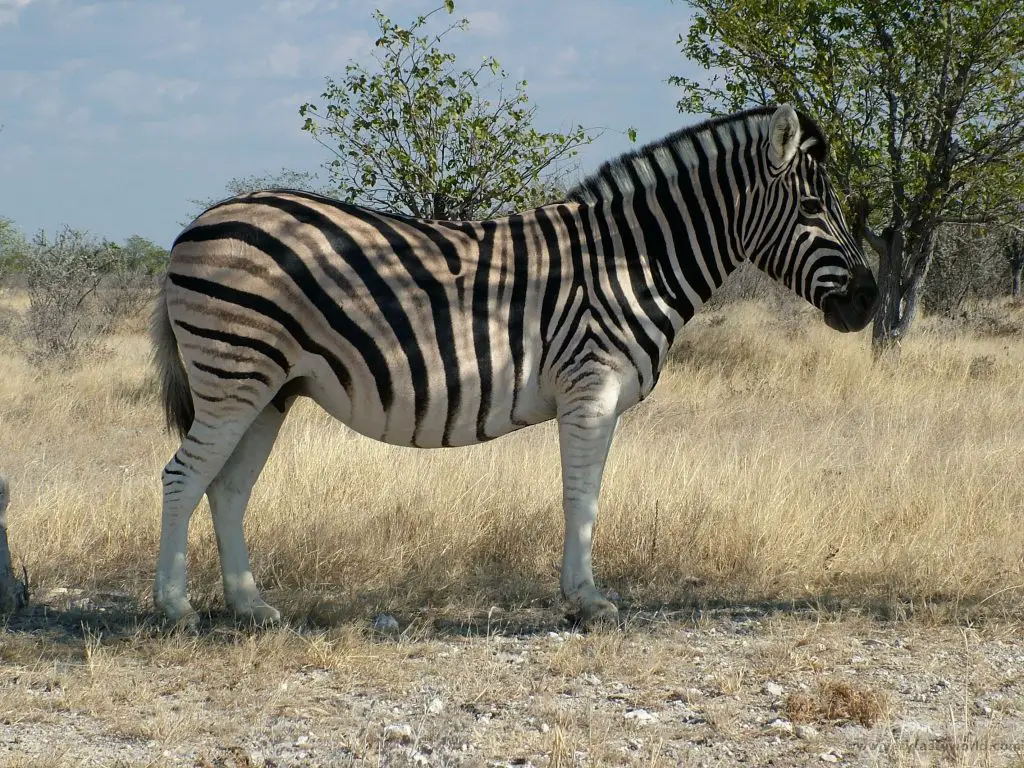
…impala
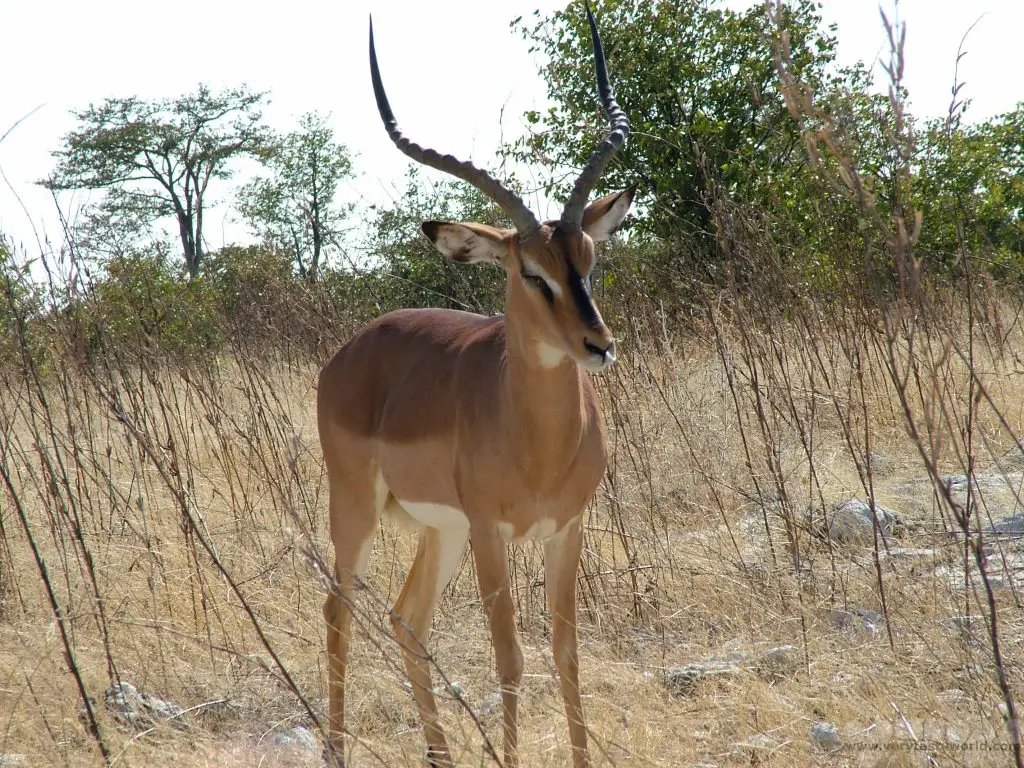
and gemsbok and springbok.
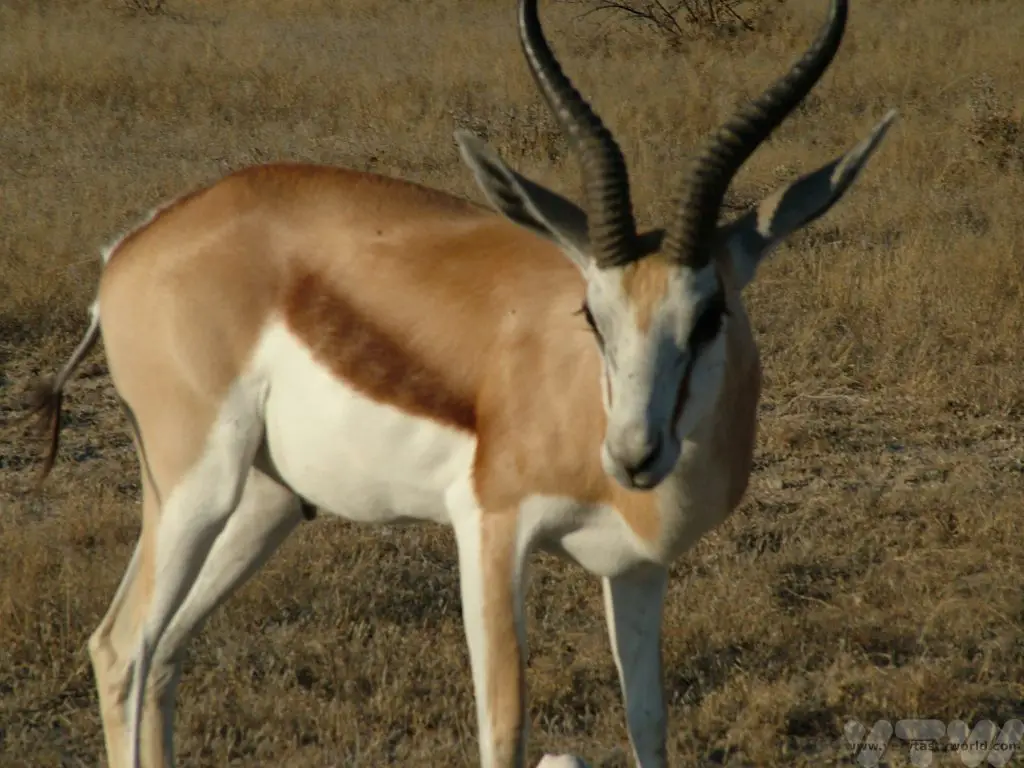
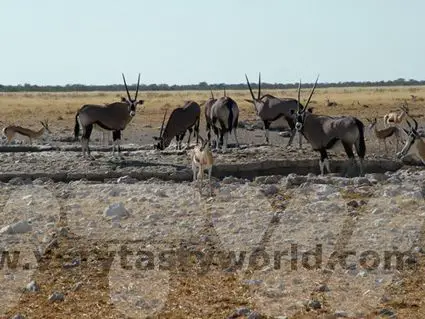
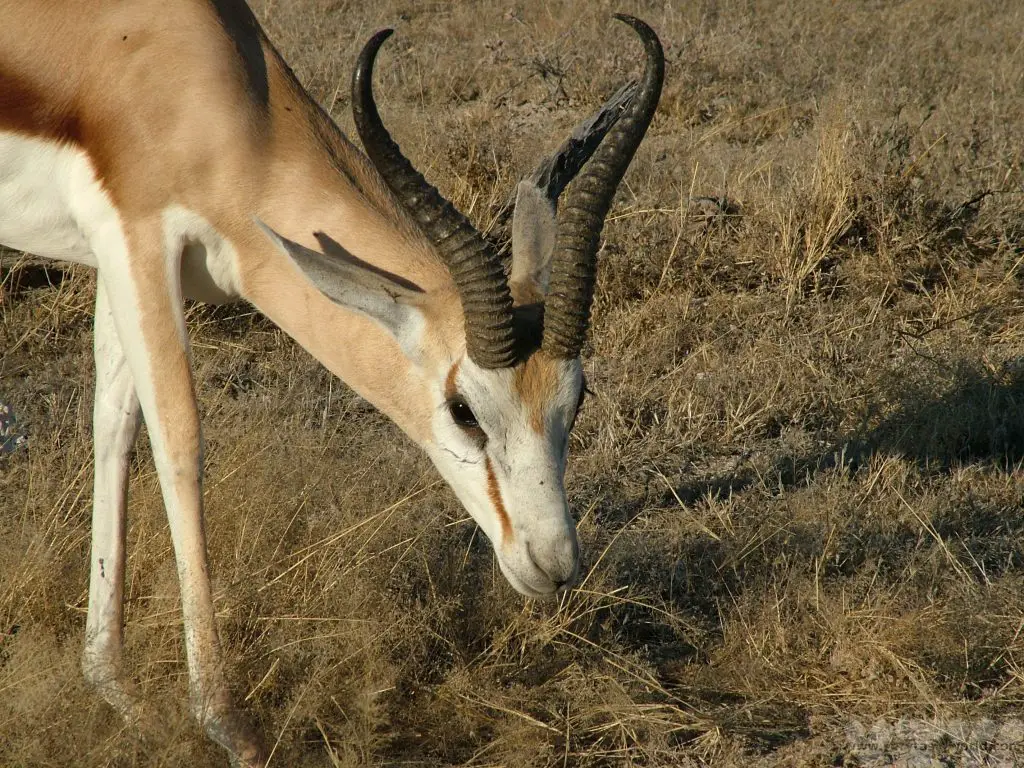
We also saw a ground squirrel, a marabou stork and a jackal.
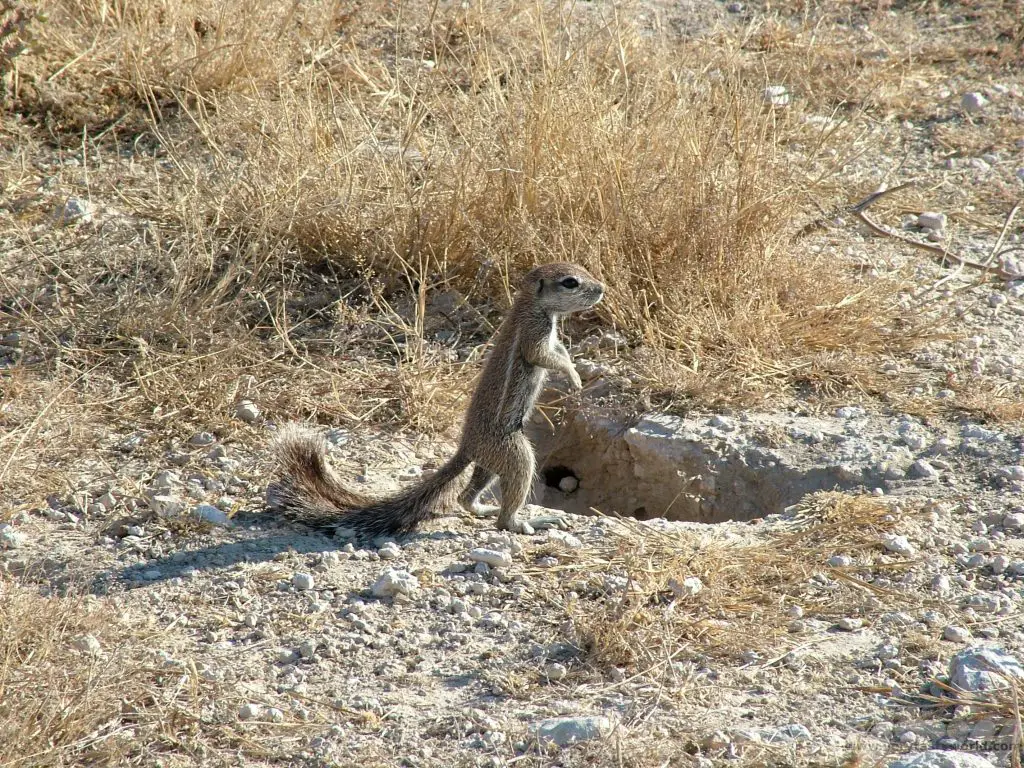
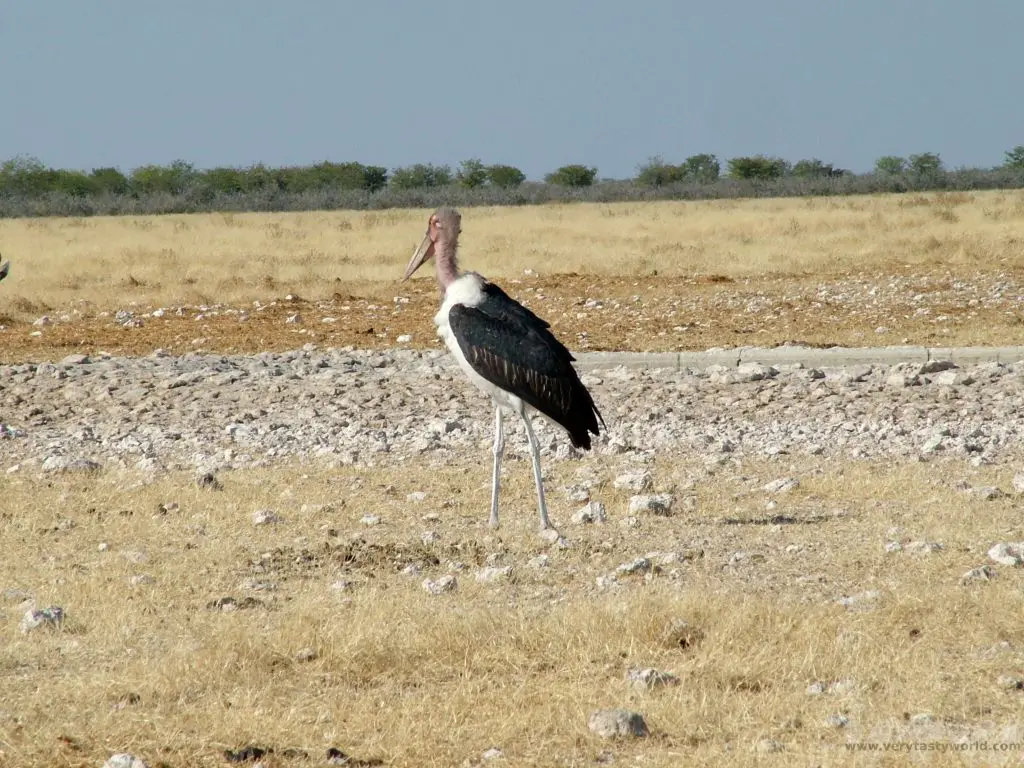
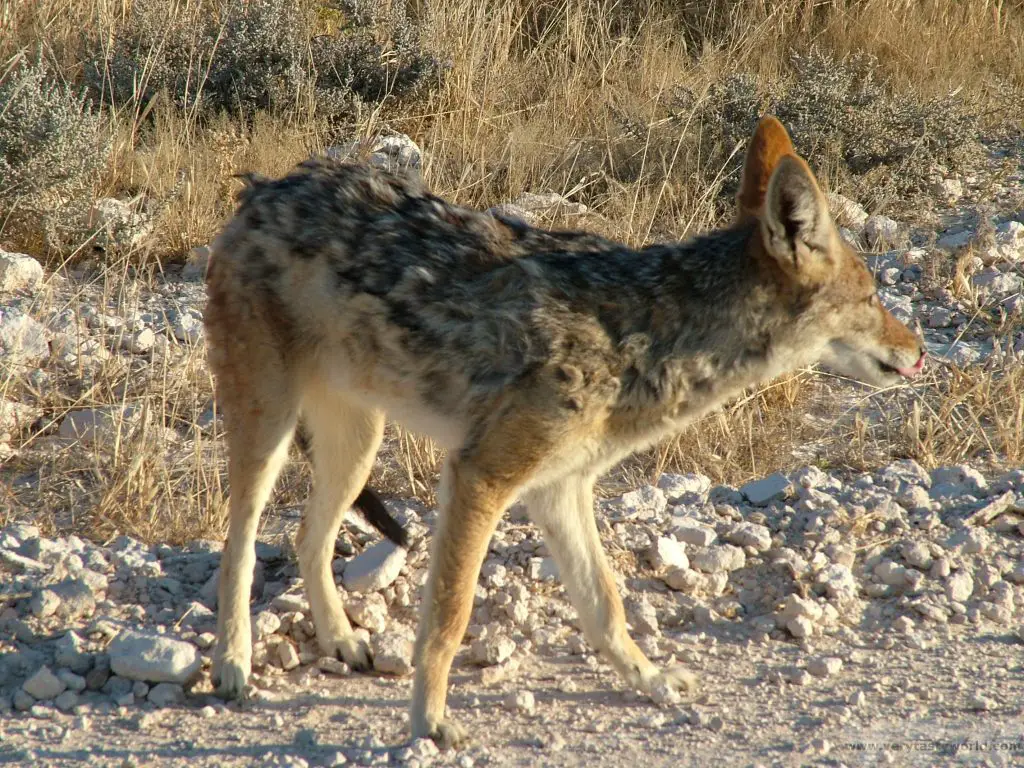
There are a number of safety rules at the Etosha national park in Namibia. Obviously stay in your vehicle and it’s advisable keep the windows closed when you’re out in the park. You are not allowed to drive at night, so make sure you leave enough time to get back to your rest camp. The speed limit is 60 km/h but it’s far better to drive at a leisurely pace – you have a greater chance of spotting wildlife if you’re not zooming around. Look for other vehicles that have stopped – there’s a good chance that someone has spotted some wildlife worth viewing.
Staying At Etosha
The area has a number of rest camps with all the facilities you might need. There are various levels of luxury in terms of accommodation. We were in self-catering accommodation in Okaukuejo Rest Camp.
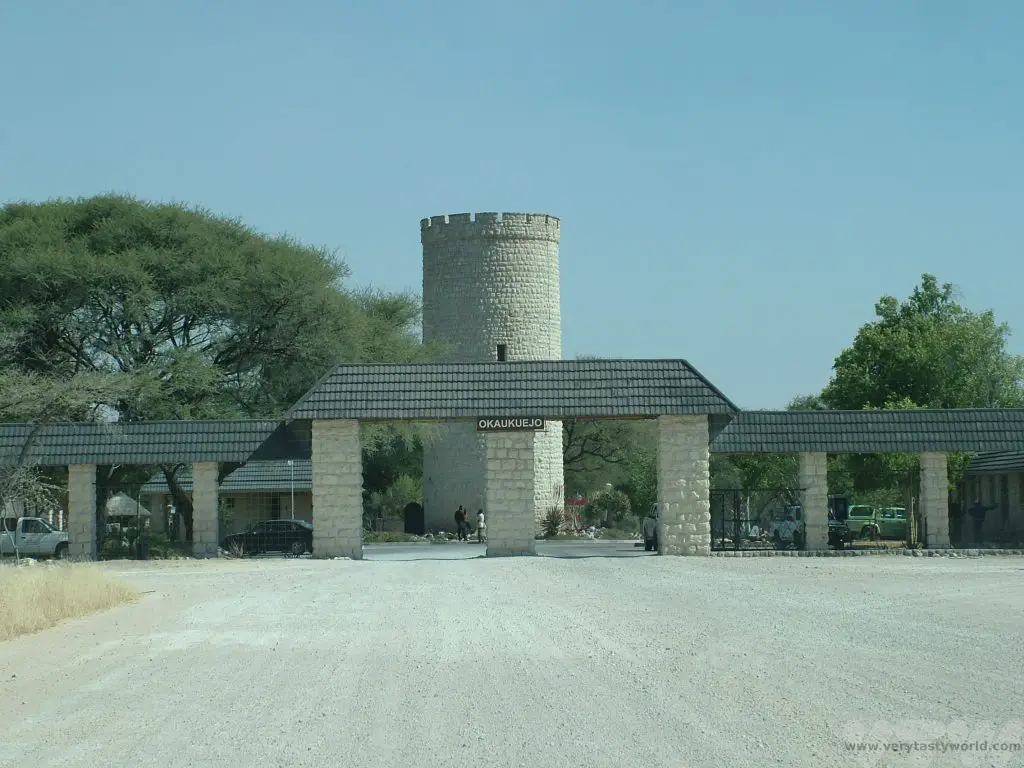
It has a restaurant as well as shops where you can pick up food and other items. And, of course, the all-important petrol station. Our cabin was clean and comfortable with a couple of bedrooms, a bathroom, kitchen area and it also had a braai, an African barbecue. You can buy meat and charcoal in the local shops and it’s rather nice to relax with a few beers and a barbecue as the sun goes down.
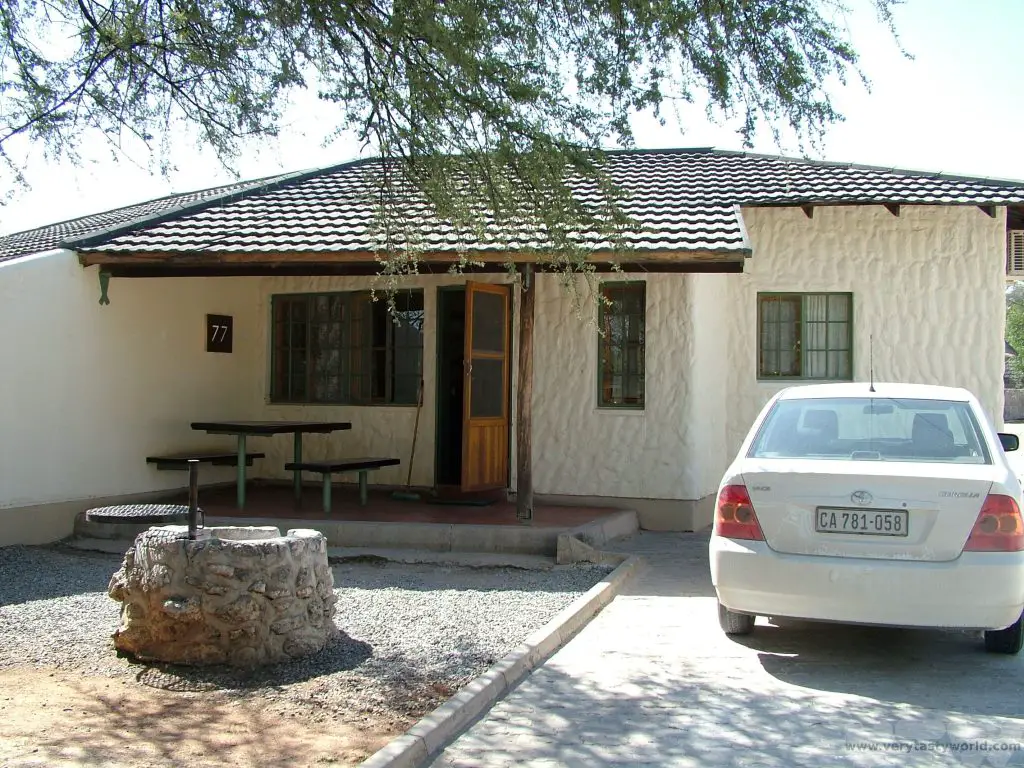
The safari experience doesn’t end in the evening. The rest camps are located very close to (fenced off) watering holes that are floodlit at night so it is possible to wander out to the fence and watch the wildlife as they come to drink in the cooler evening. It was fantastic to be able to see endangered rhino enjoying both a drink and a bathe.
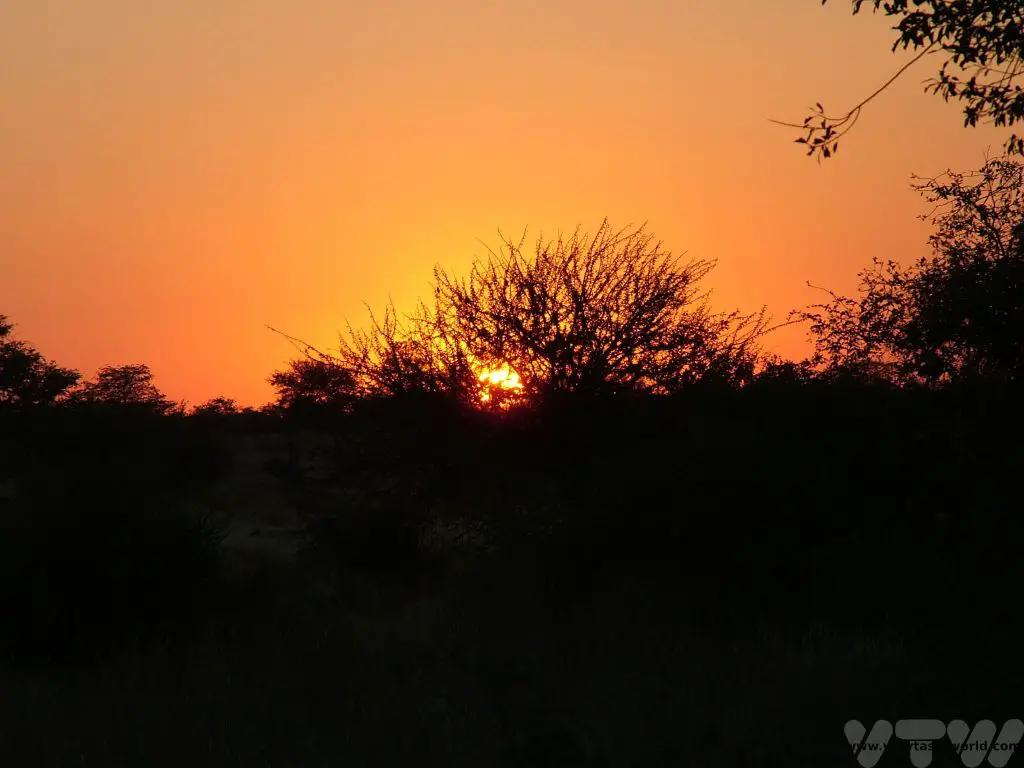
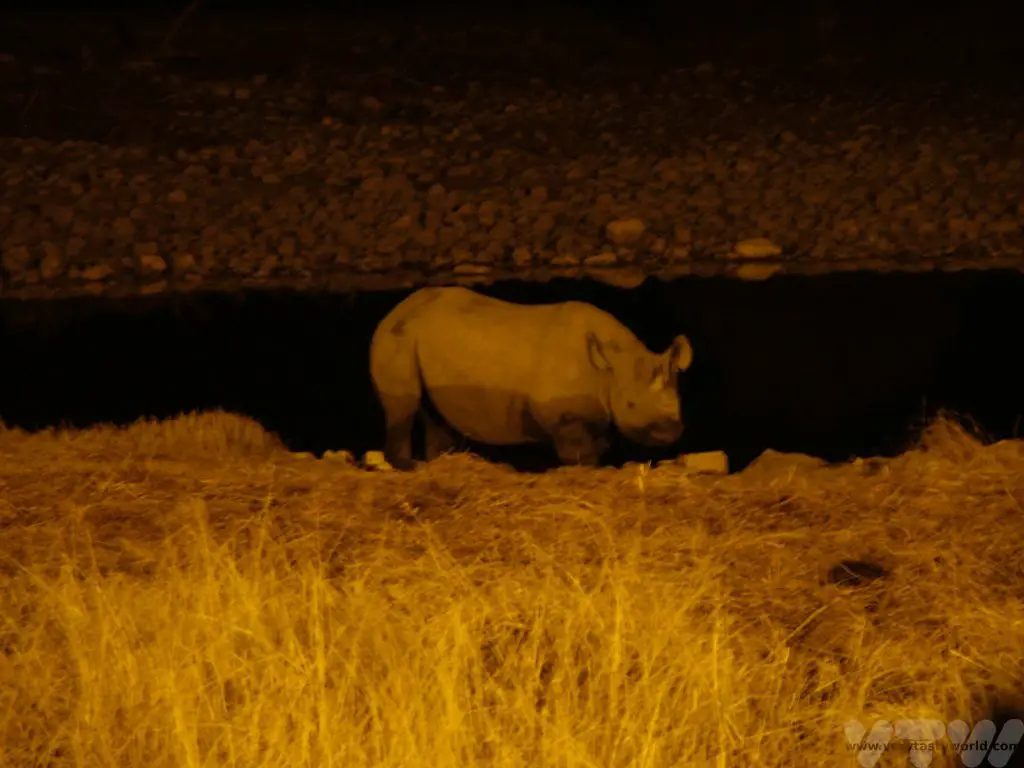
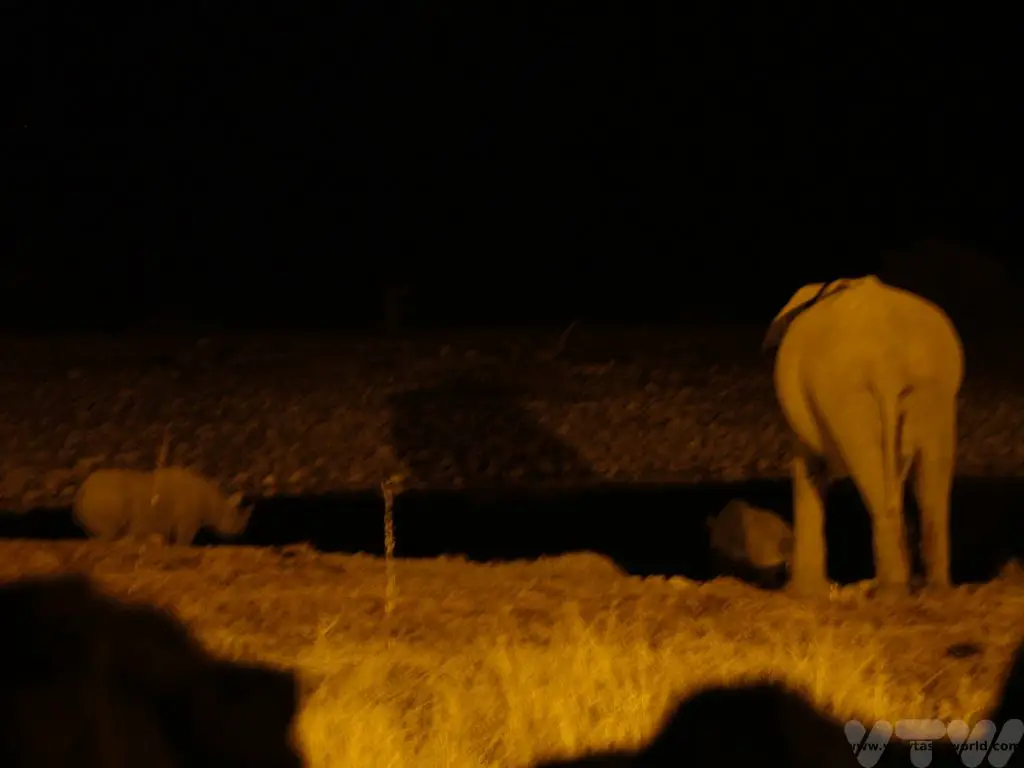
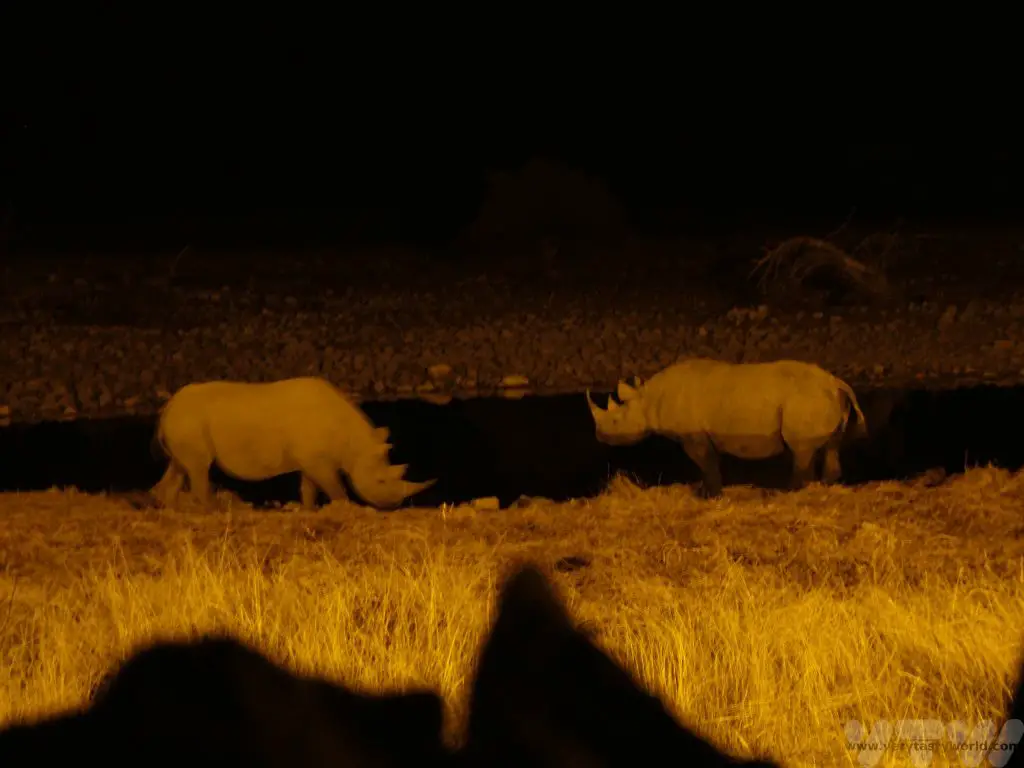
One thing that rounded off our experience happened on leaving the park just as we were checking out. Throughout our journey in Namibia, a number of people approached us, at park gates or local attractions, to ask whether we would be prepared to give their friends or colleagues a lift to the next town. We were happy to do this – it was a fantastic opportunity to chat with local people on a long drive.
At Etosha we were asked whether we could give one of the park rangers a ride to Otjiwarongo. We were delighted to be able to help. We had a brilliant chat with him and learned loads about the park. He was very interested to hear about the wildlife in our country. We don’t have anything nearly as exotic or large as elephants – we reckoned the largest animal in the UK is probably a red deer. And we had a laugh comparing Namibia’s enormous termite mounds with England’s teeny-tiny ant hills. The Etosha National Park, Namibia is an ideal place to take yourself on safari and view amazing wildlife.
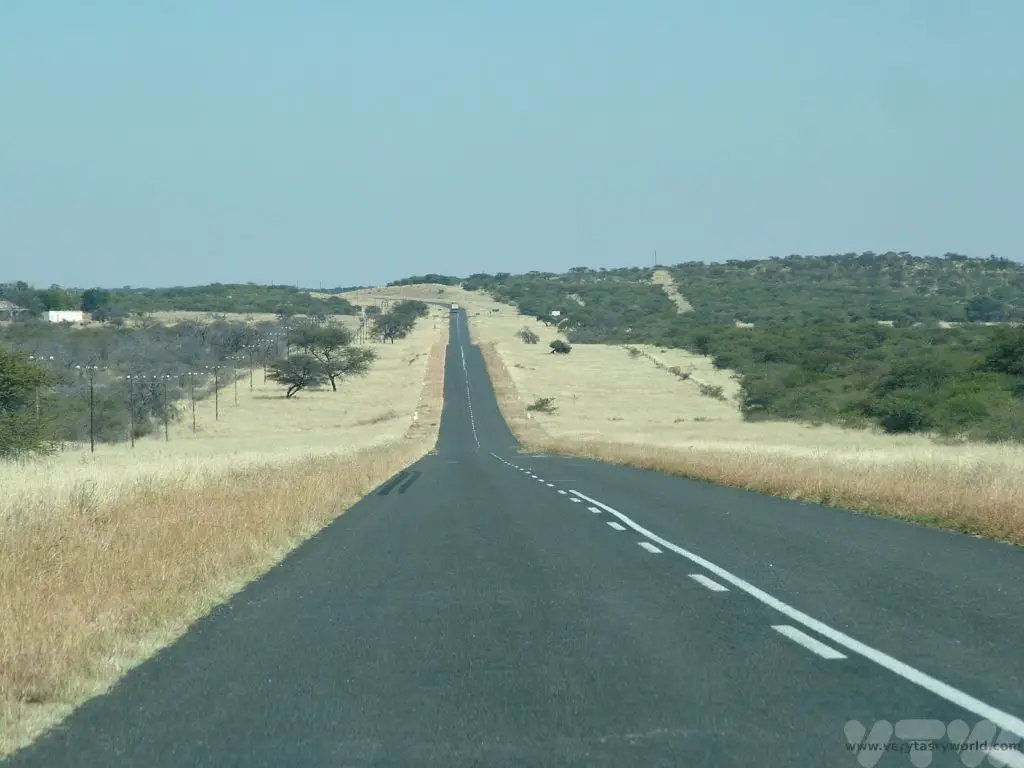
Related Posts You May Enjoy

Wild and Desolate: Namibia’s Skeleton Coast
Namibia is a perfect country for a fly-drive holiday. The roads are wide and, outside the towns and cities, virtually empty, which makes for remarkably easy driving. You can drive for thousands of kilometres across spectacular scenery, encounter amazing wildlife and even take yourself on safari. You don’t even need a 4WD, we hired a saloon car which was just perfect. Many of the roads are constructed of gravel so it’s advisable to pack a spare tyre (or two) just in case you get a puncture. If you do get a puncture you can be sure that any passers-by will stop to help you fix it but you can’t guarantee that you will encounter a passer-by. We visited Namibia before SatNavs were widely used so we navigated with old-fashioned map. When we got hold of our map of the entire country it seemed surprisingly basic – just showing the main roads. But we soon discovered that the map was definitely detailed enough for travelling vast distances as there are very few roads. The map also helpfully pinpointed the location of petrol stations. We made a point of topping up the tank at every opportunity – our car had good fuel economy but distances are long and you really don’t want to run out of petrol.
One region that we particularly wanted to explore was the Skeleton Coast, the western coastline where the Namib desert meets the South Atlantic. It is a place that is truly wild and lives up to its name – where the skeletons of animals and shipwrecks are scattered across the sandy beaches. The coastline is incredibly long and large parts of it totally inaccessible. From Swakopmund we drove north as far as it was possible to drive.
And at either end we ate our most and least decadent meals, two nights apart.
We had driven to Swakopmund from Windhoek via the amazing red sand dunes of Sossusvlei and spent a couple of days there, having a great time taking part in all sorts of adventuresome activities – you can parasail, go hot-air ballooning, ride the dunes on quad bikes or even go along the coastline to Walvis Bay and kayak with seals. There are loads of tour operators in town that offer activities and you can make bookings with them directly. Some activities, such as the hot-air ballooning need some notice, for others you can just roll up on the day.
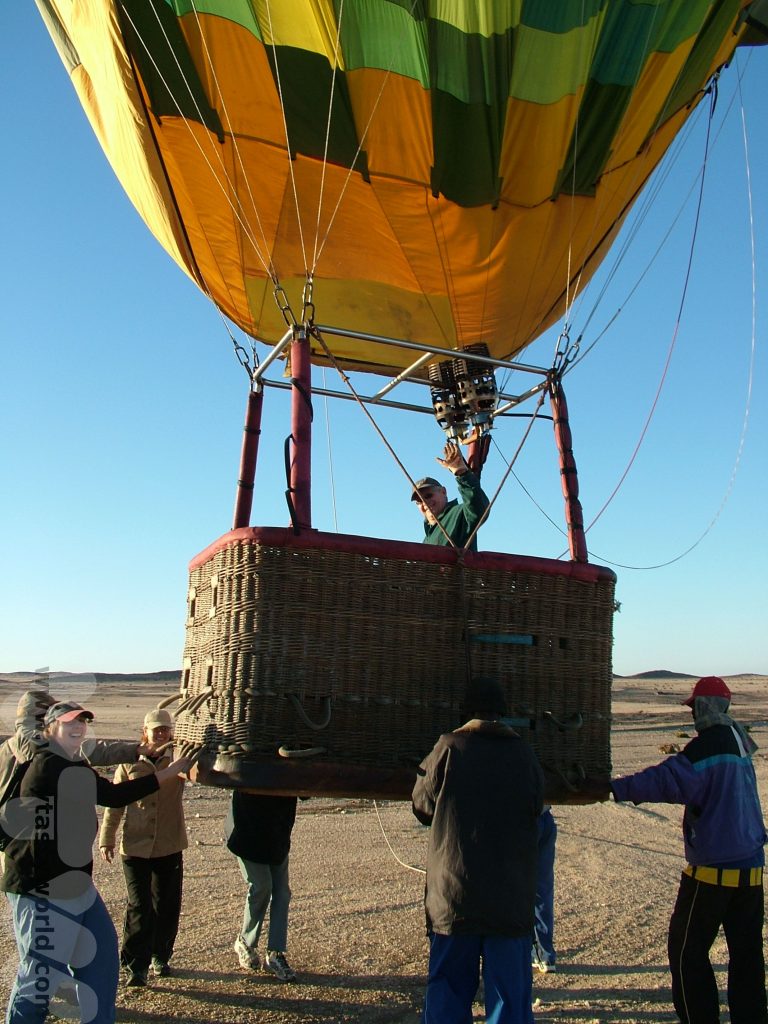
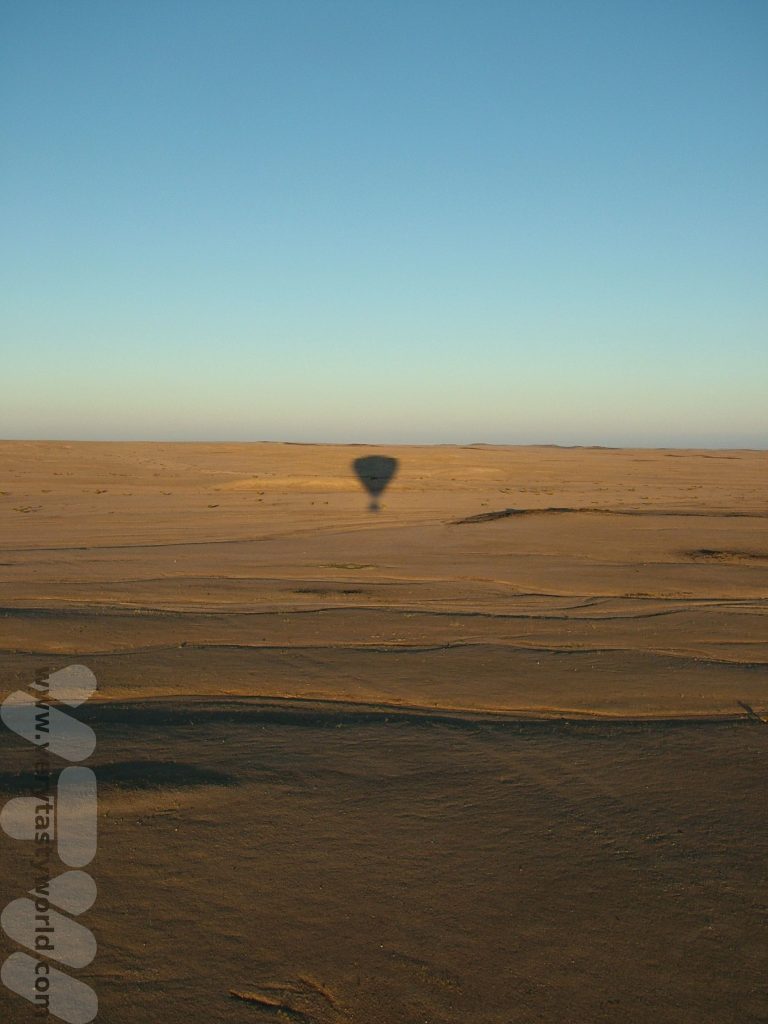
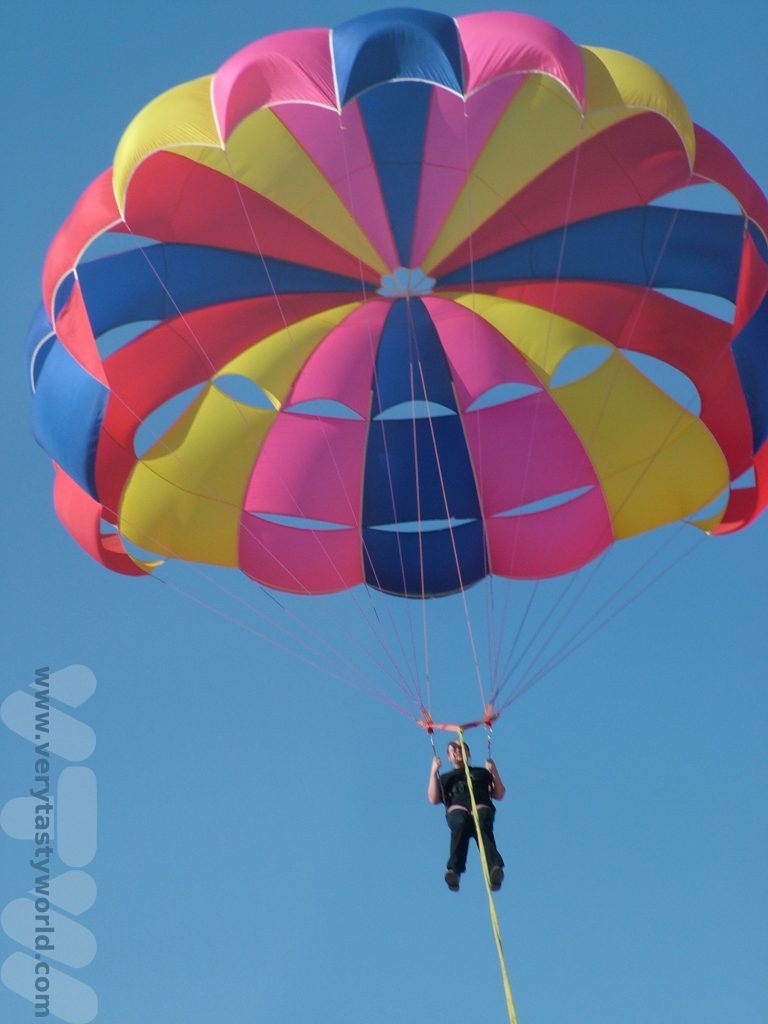
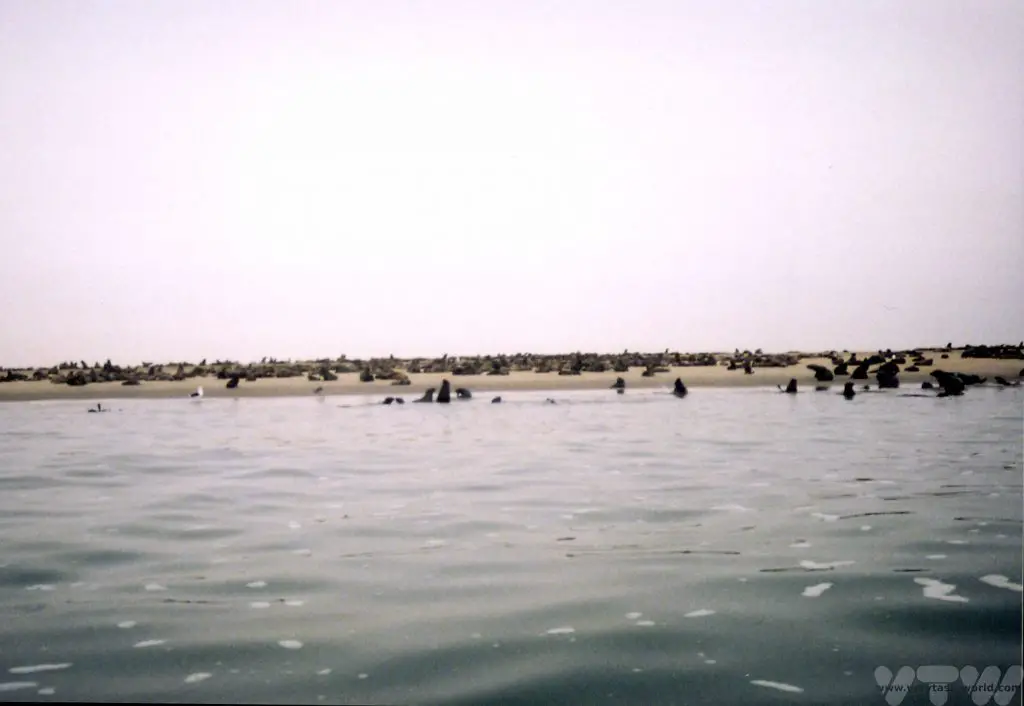
Swakopmund is the largest town on the coast, it’s small and friendly and bears an influence of German colonial architecture. We had our most decadent meal in this town. The Tug restaurant is located on a jetty right on the coastline and, as its name suggests, was constructed around a tug -boat – a Danie Hugo to be precise. Being right on the coast, naturally the restaurant specialises in seafood. And you can look out to the Atlantic as you dine.
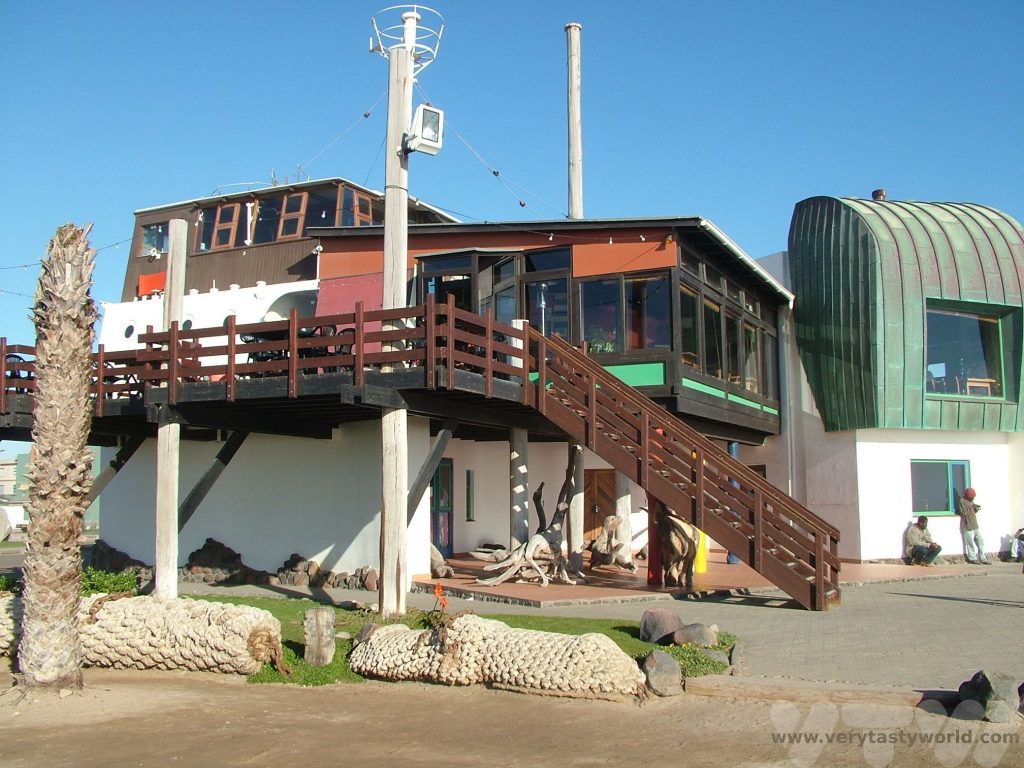
We ordered a sharing dish – the seafood extravaganza: rock lobsters, kabeljou and kingklip fillets, juicy prawns cooked in their shells and the softest melt-in-the-mouth calamari we had ever eaten. All washed down with a crisp white wine. We visited some years ago and a quick glance at the most recent menu online reveals a slightly different offering to the one we dined on but it’s lovely that an indulgent seafood feast is still available.
We left Swakopmund early the next morning as we had a long drive ahead of us. It was going to be a full day’s journey along an isolated gravel road through the Skeleton Coast national park. We passed by the smelly Cape Cross seal colony and onto the park.
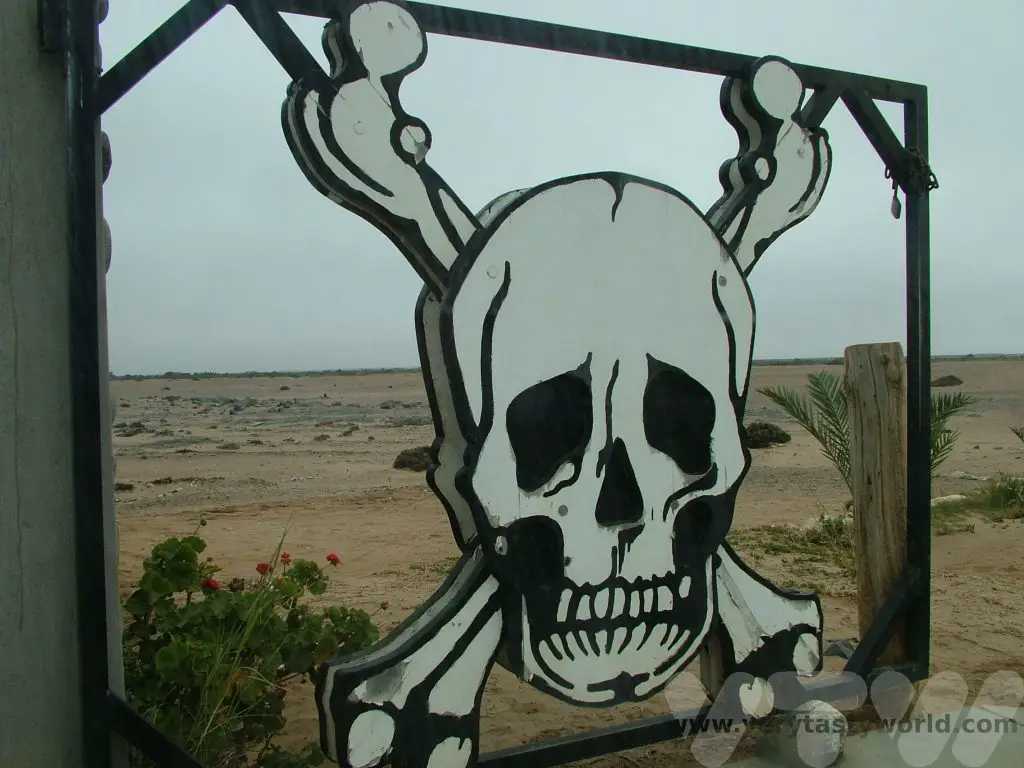
The gates were ominous. You need a permit to enter the park and we had to register our arrival. There are different types of permit – if you plan to stay on the coast you need to obtain an overnight permit.
Once we had entered the park we saw just one other car in the entire day. We didn’t suffer a puncture but were glad that we had spare tyres in the trunk of the car in case we had needed them. We were driving a two-wheel drive car so kept to the road but stopped off at various points along the way to explore the wild, windswept beaches, observing shipwrecks and other skeletons. The area is quite often misty as the heat of the desert hits the cold air above the ocean and it adds to the enigmatic nature of the stark landscape.
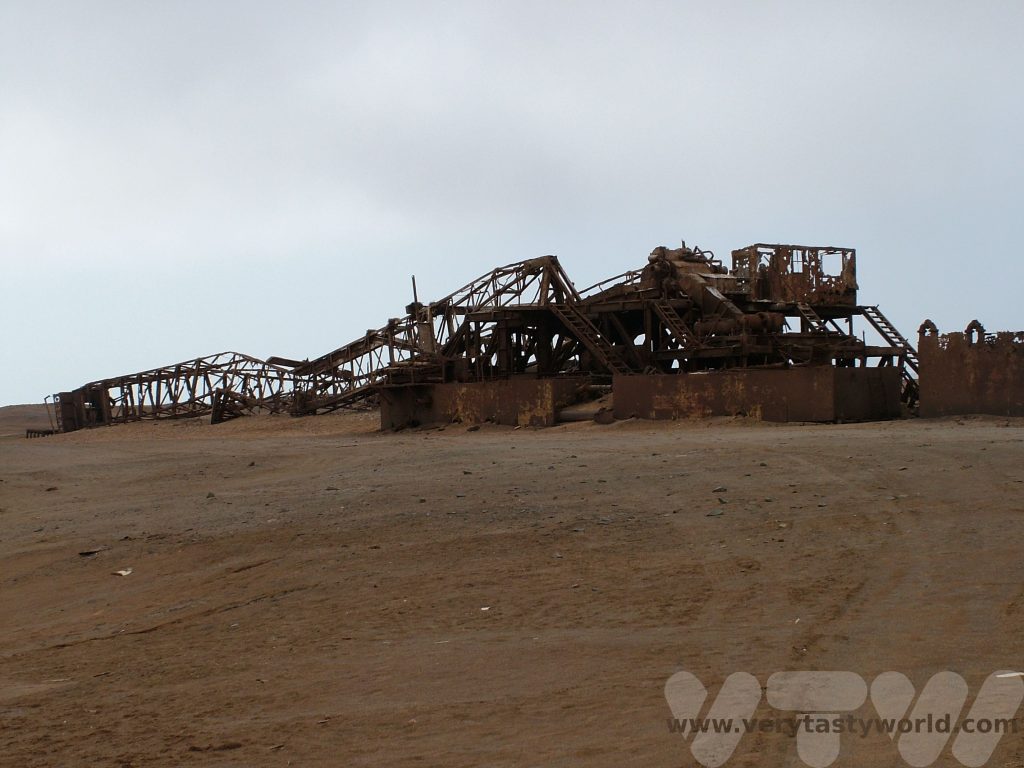
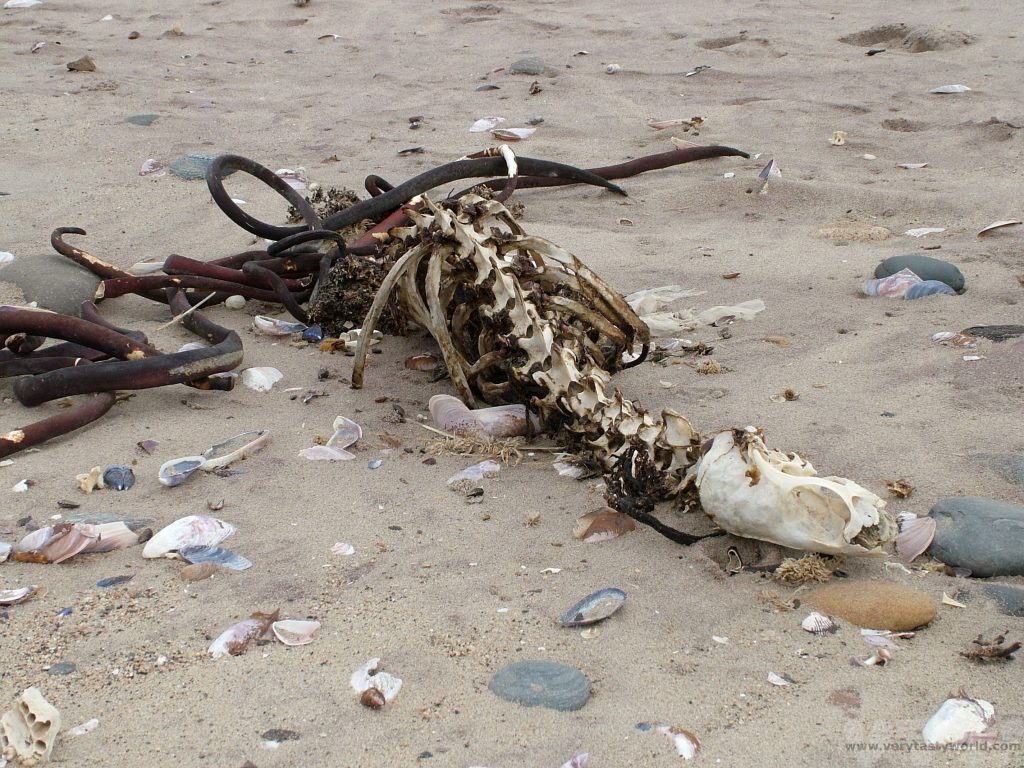
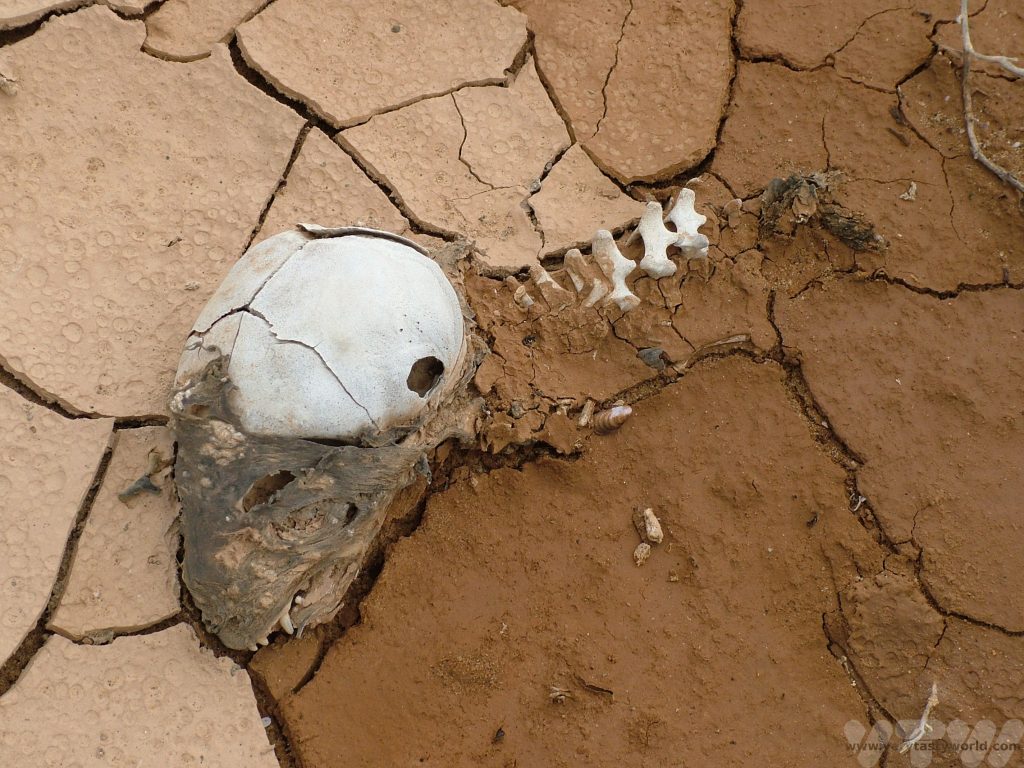
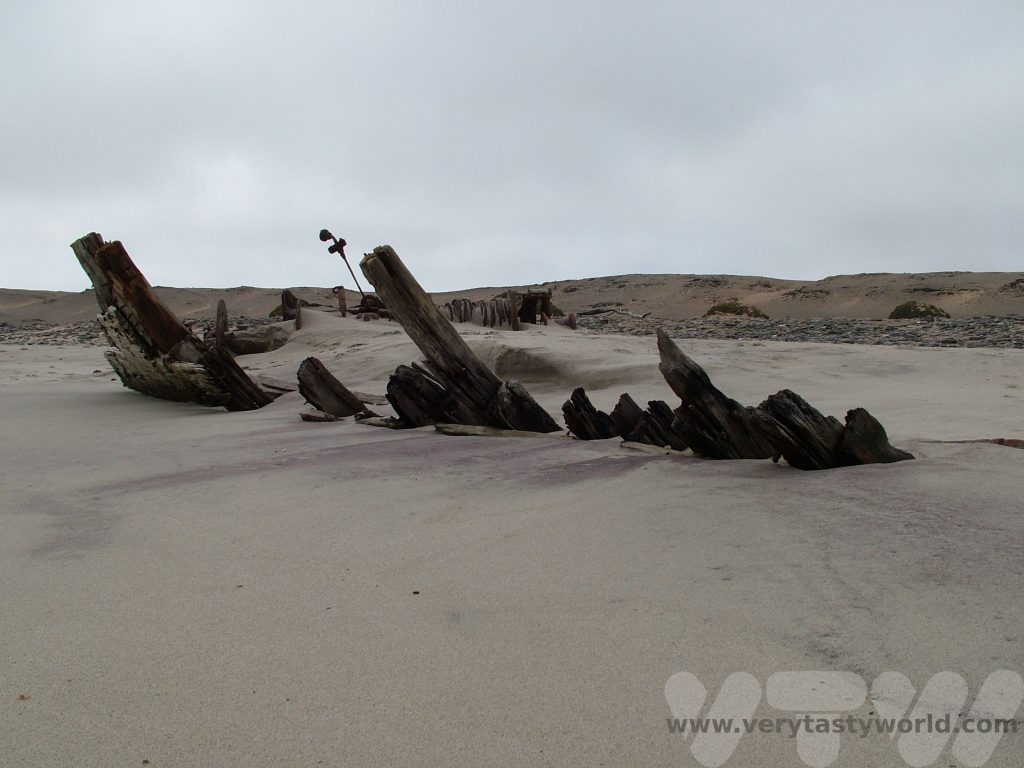
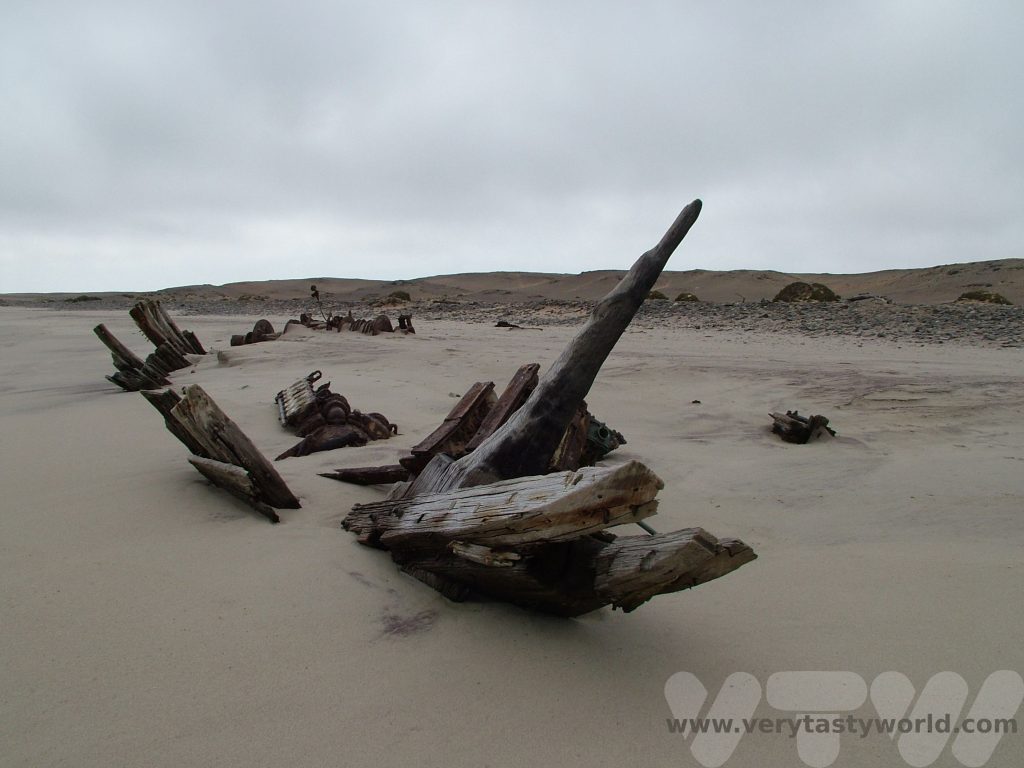
Our final destination was the Terrace Bay resort, near the Uniab River Delta. It’s very remote and popular with anglers but there are things to do if you’re not into fishing. We enjoyed walking along the beach and across the dunes. The accommodation in chalets wasn’t luxurious but was perfectly fine. The car was filthy.
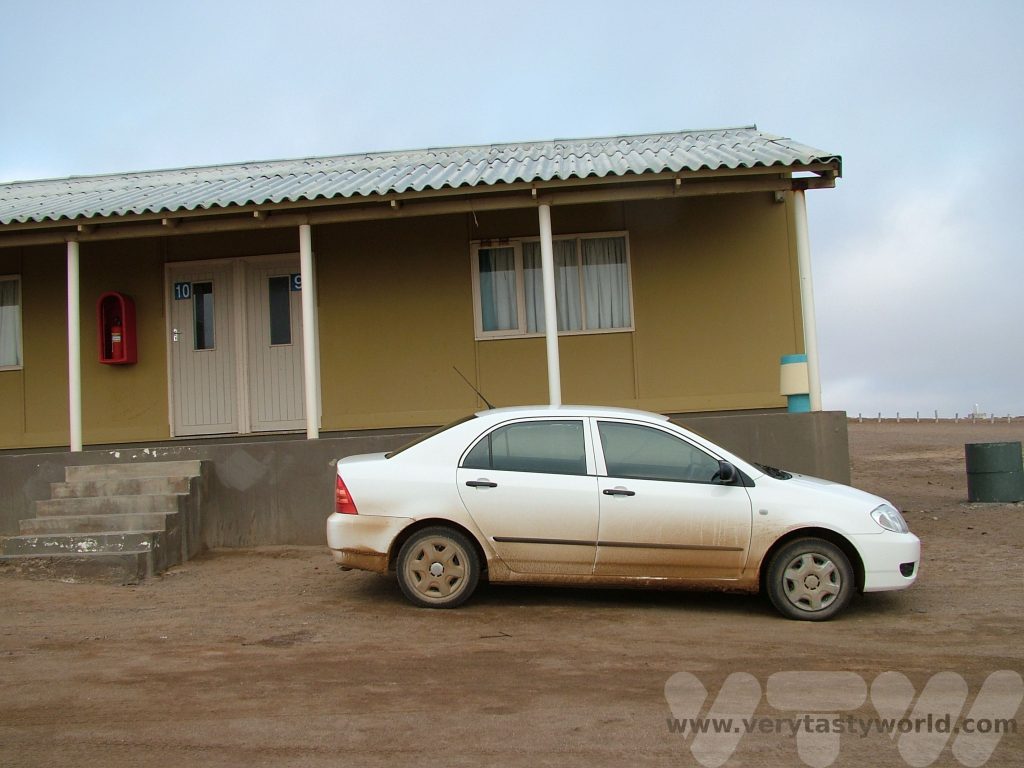
Food was taken in a communal dining hall. Because the area is so remote, we weren’t expecting a brilliant meal. It may have been a far cry from the seafood extravaganza but our dinner was good old fish and chips and they were absolutely great. The dessert in the desert was that 1970s classic, Angel Delight. I have no idea what Angel Delight actually is. It feels like it basically comprises a powder to which you add milk and stir to get a soft, creamy dessert. It was our first Angel Delight in decades and – don’t tell anyone – it was surprisingly good.
It is possible to explore further along the coast but not by car – you would have to fly. After leaving the Skeleton Coast we headed inland towards Damaraland, stopping to admire the famous Welwitschia plant some of which can live to be over a thousand years old, and eventually the Etosha National Park.
